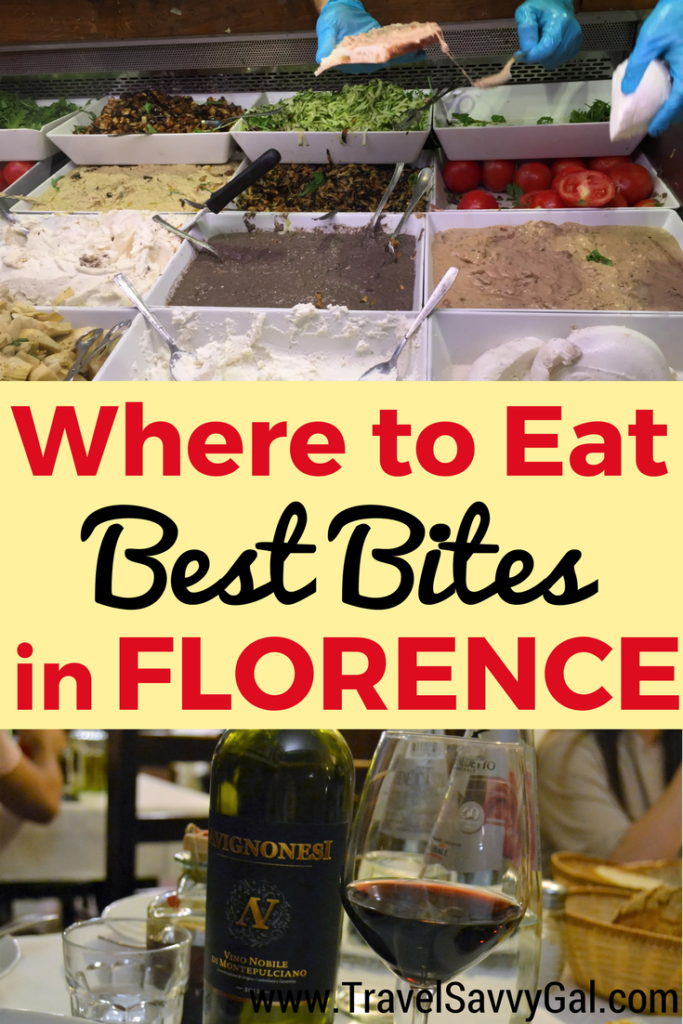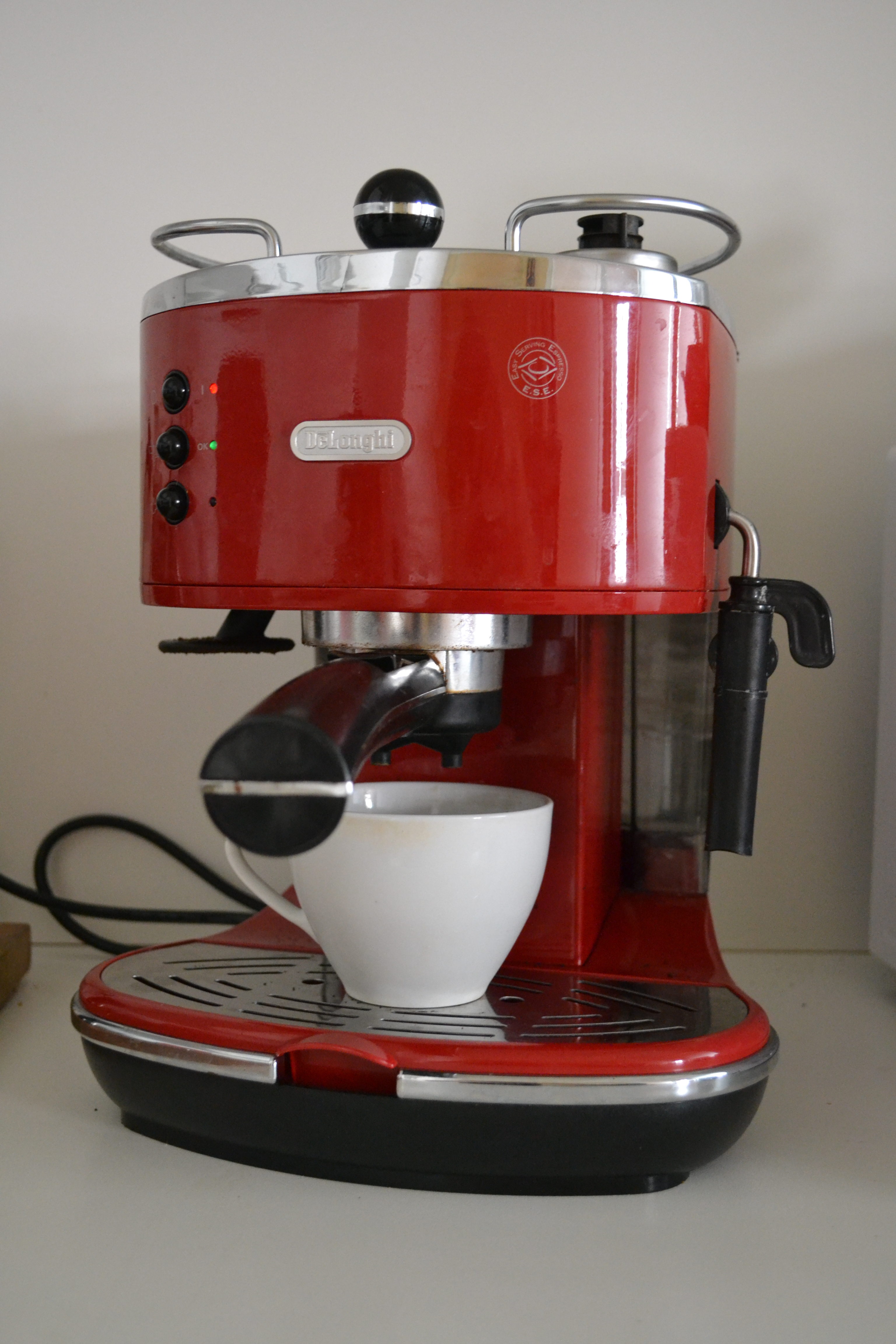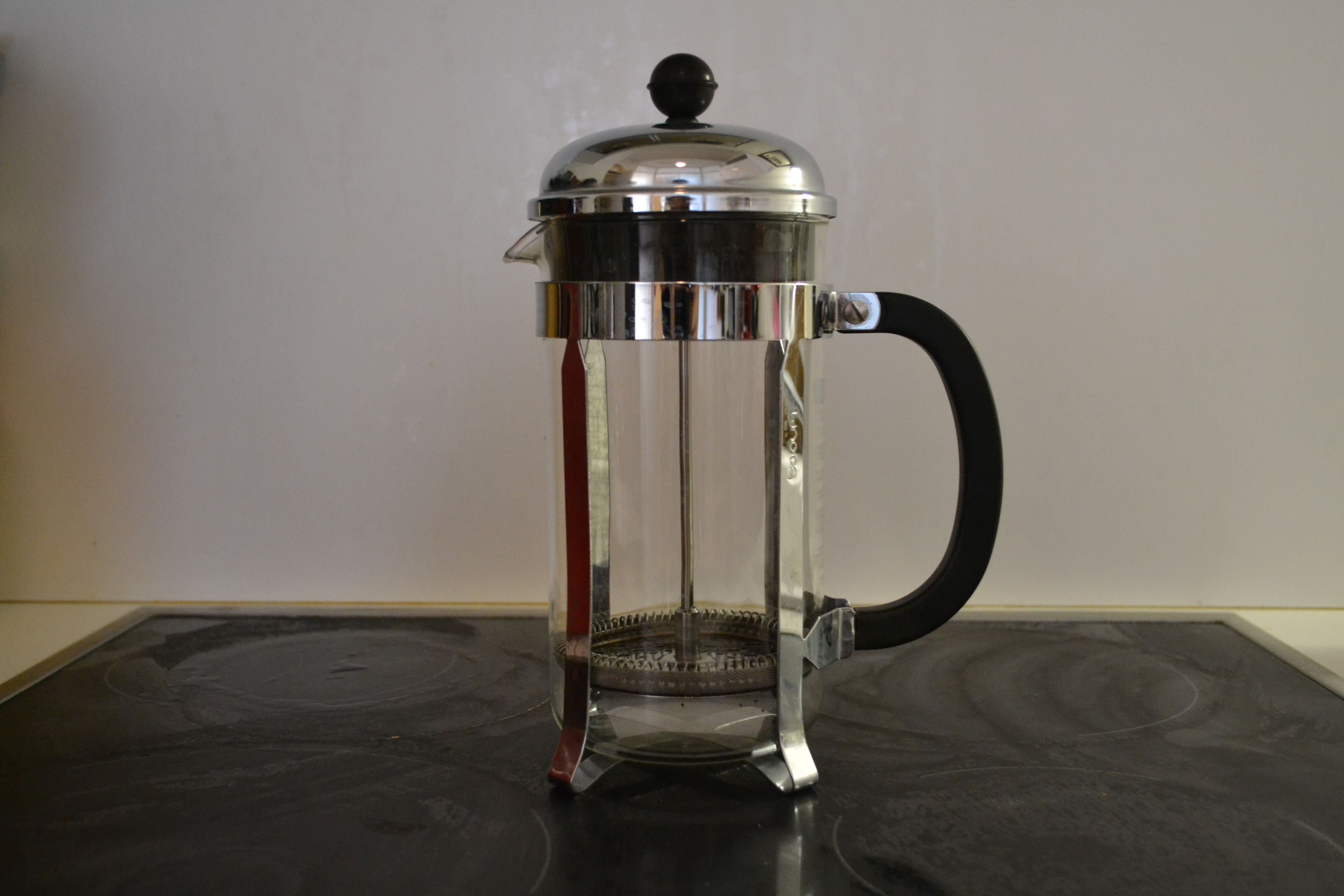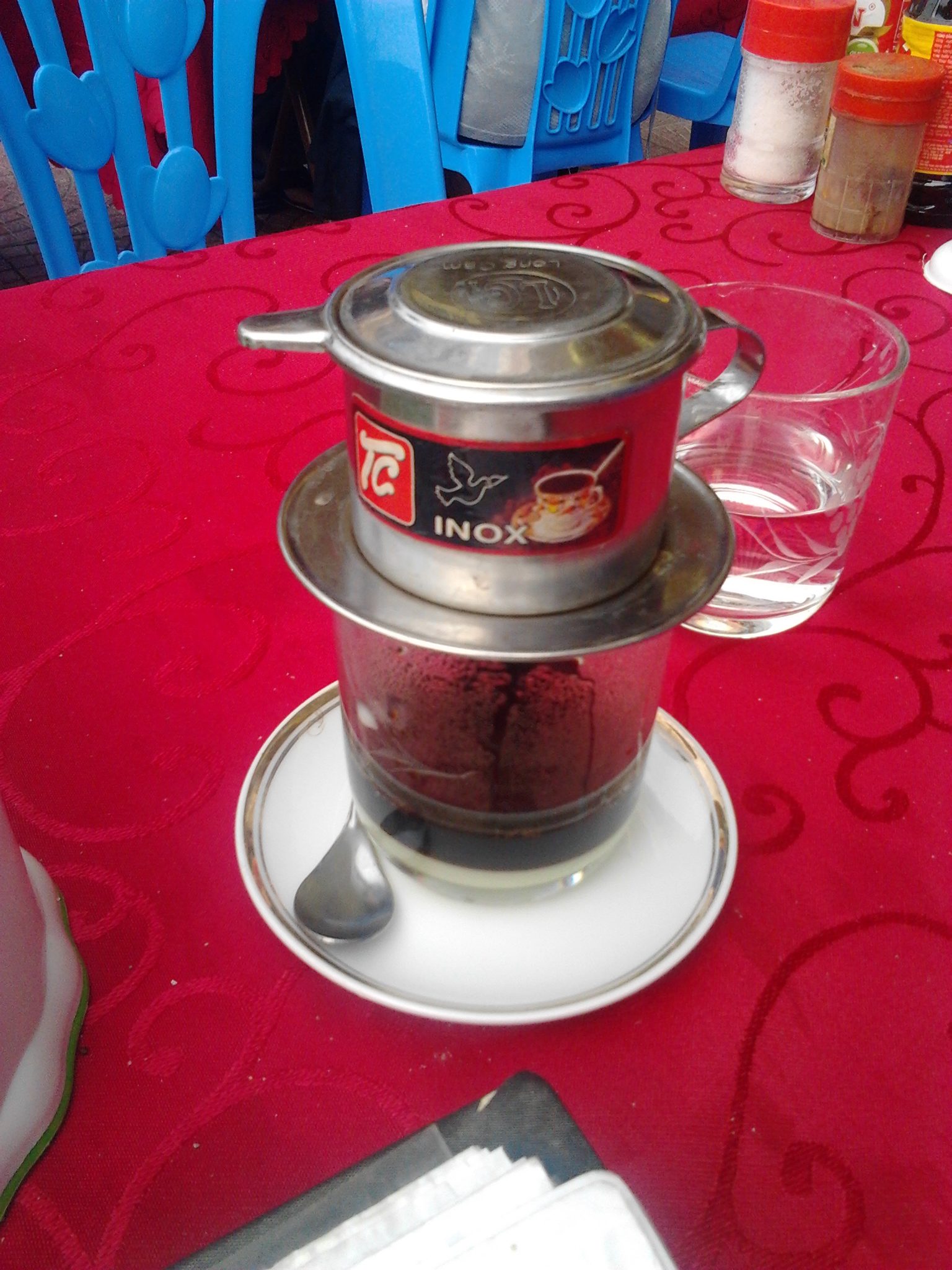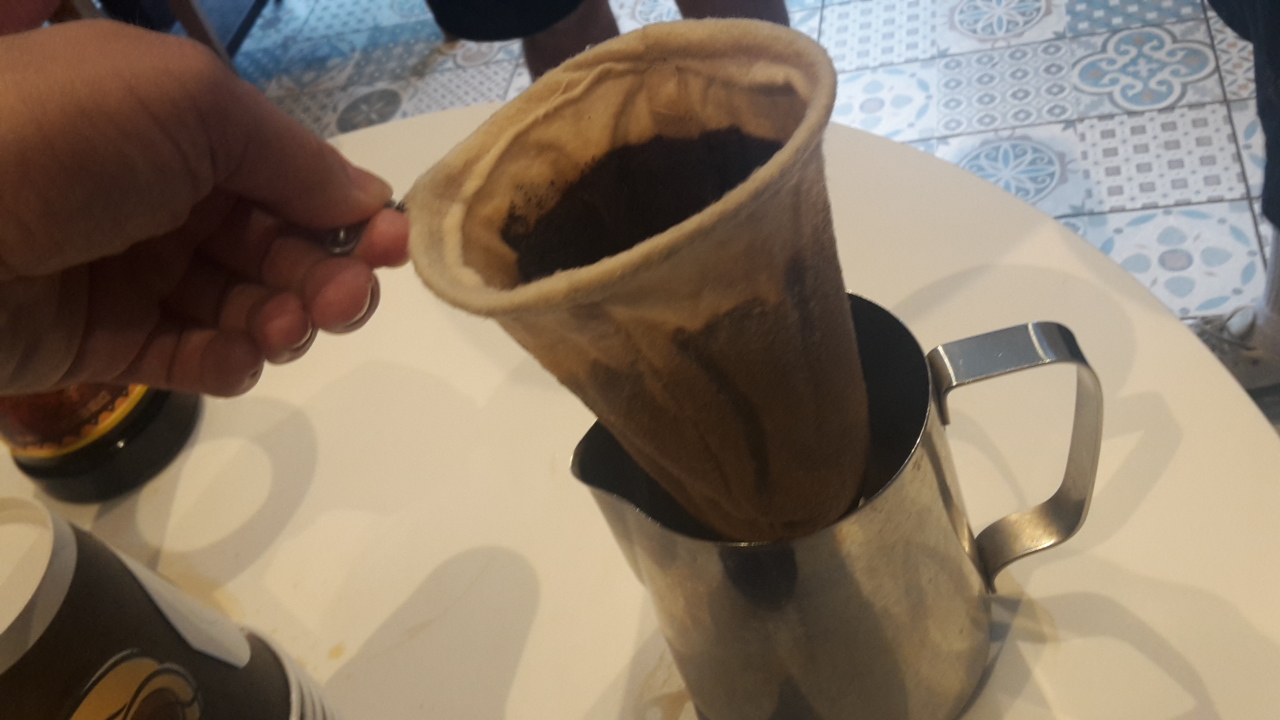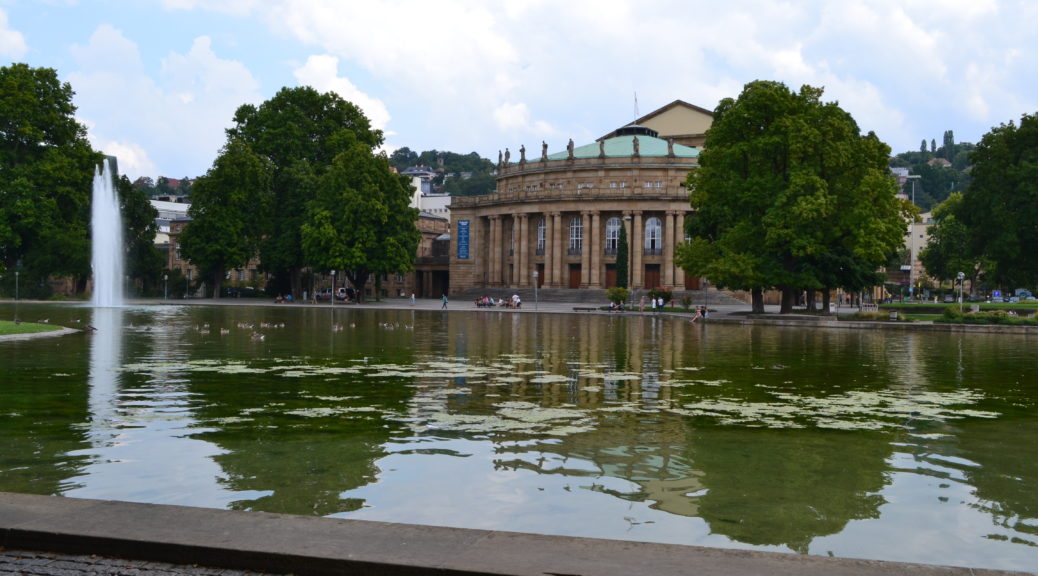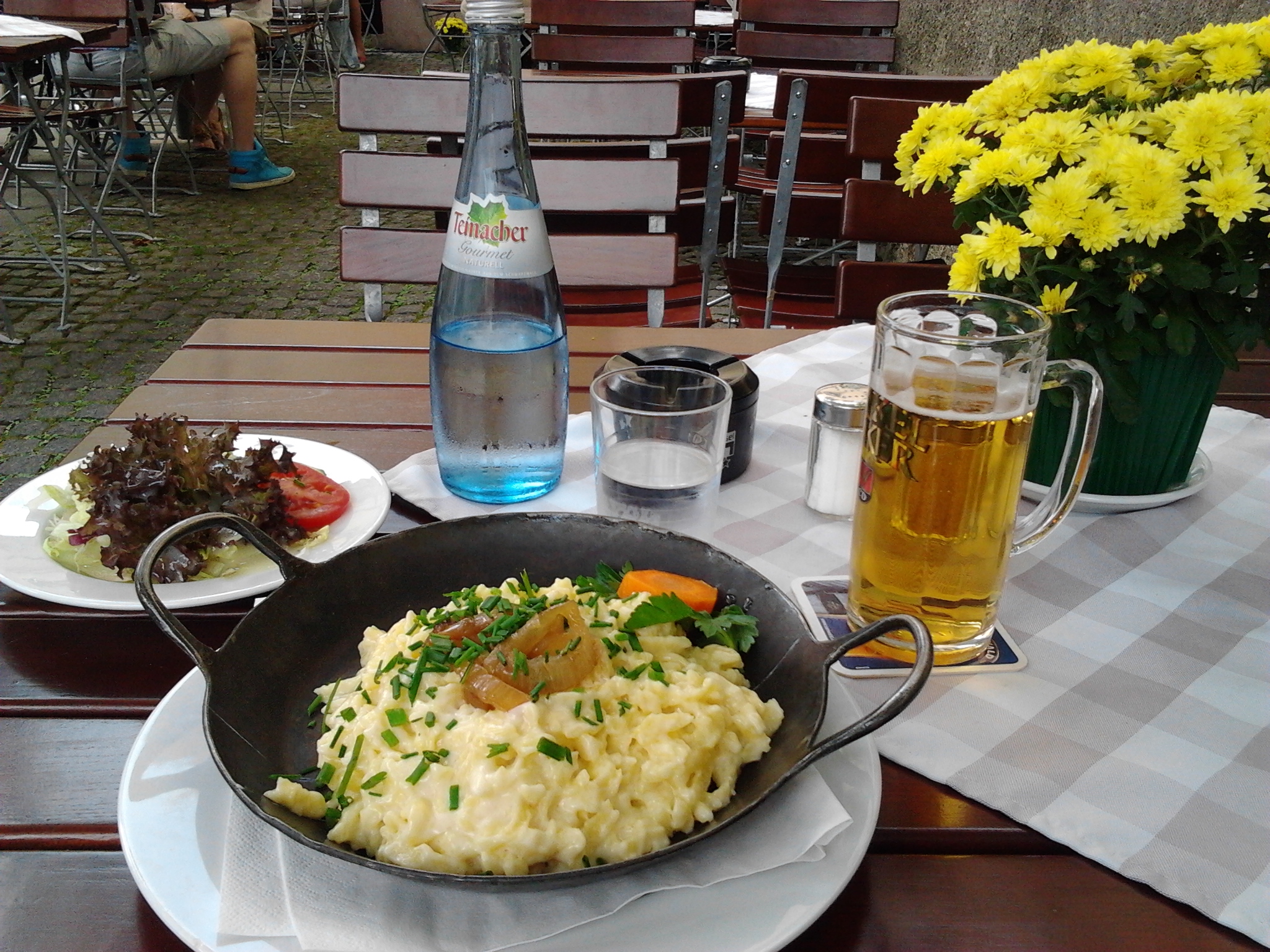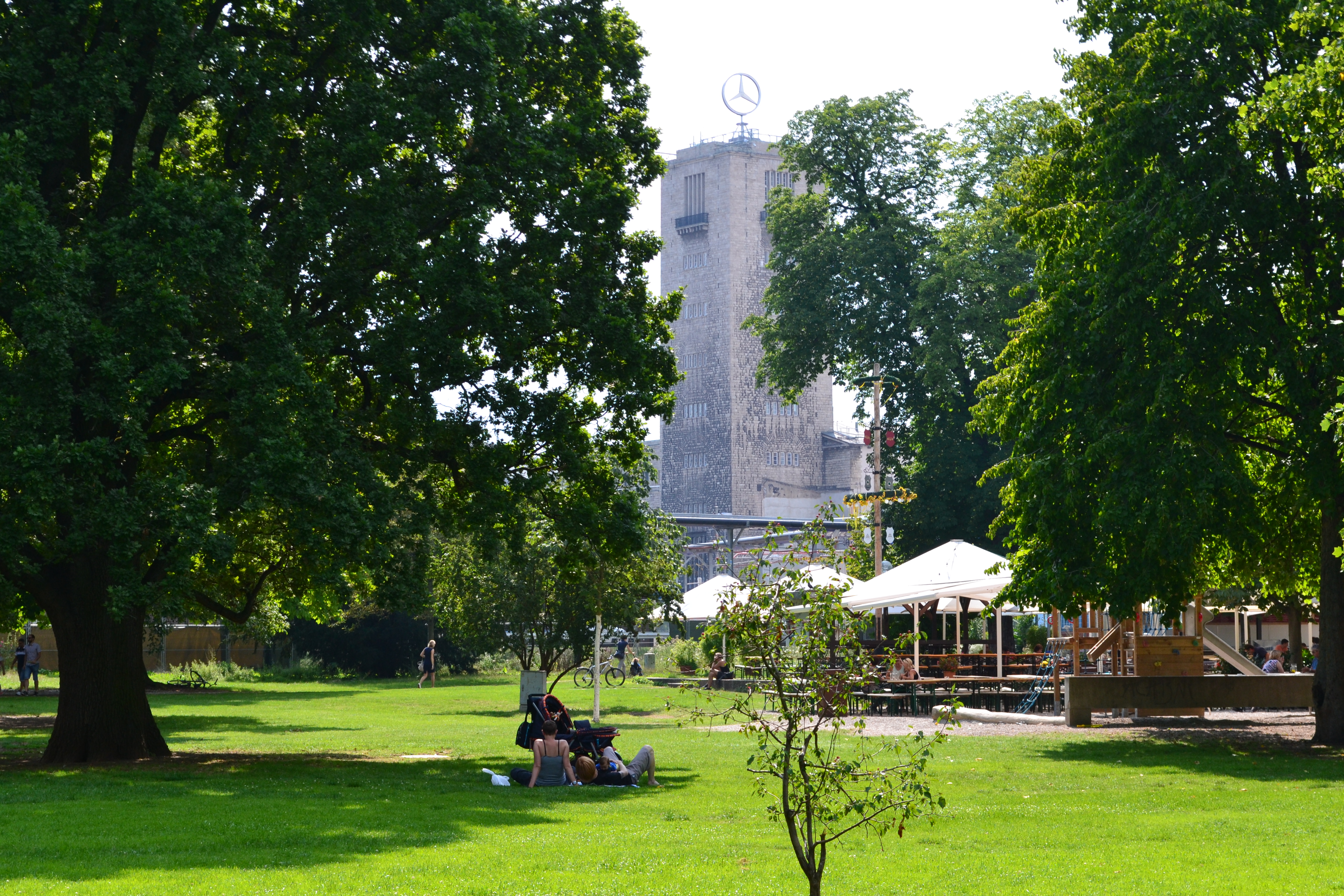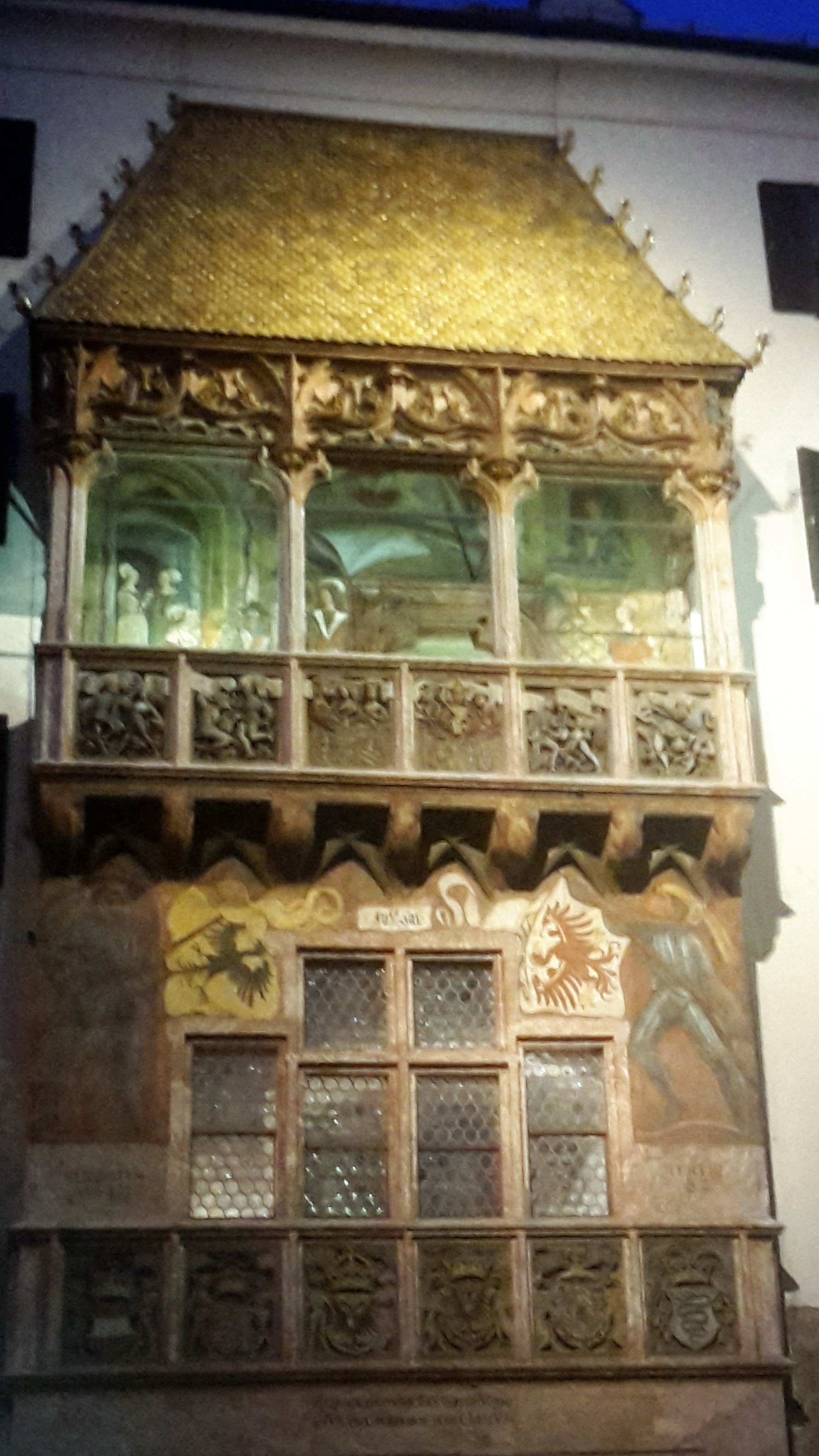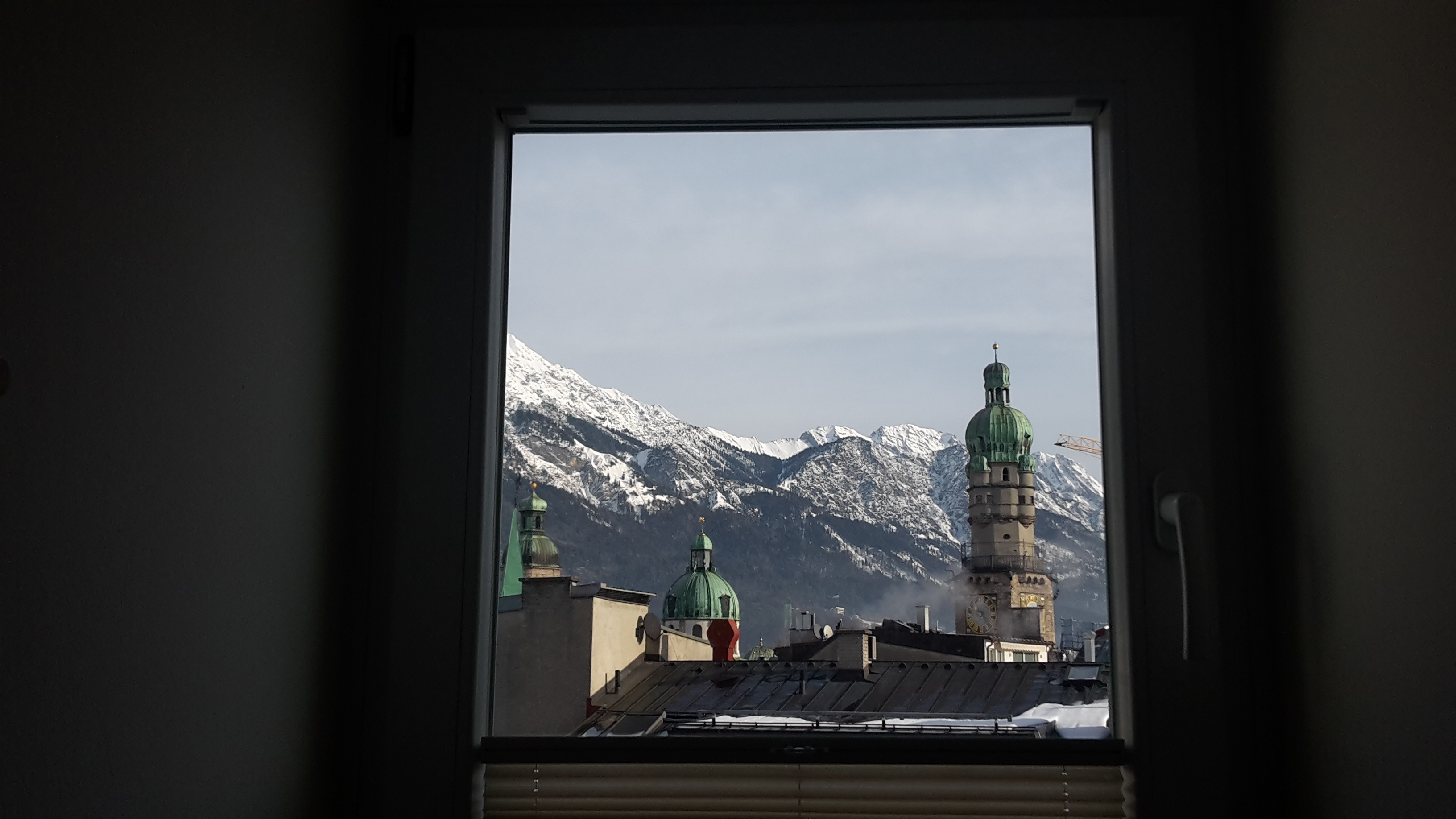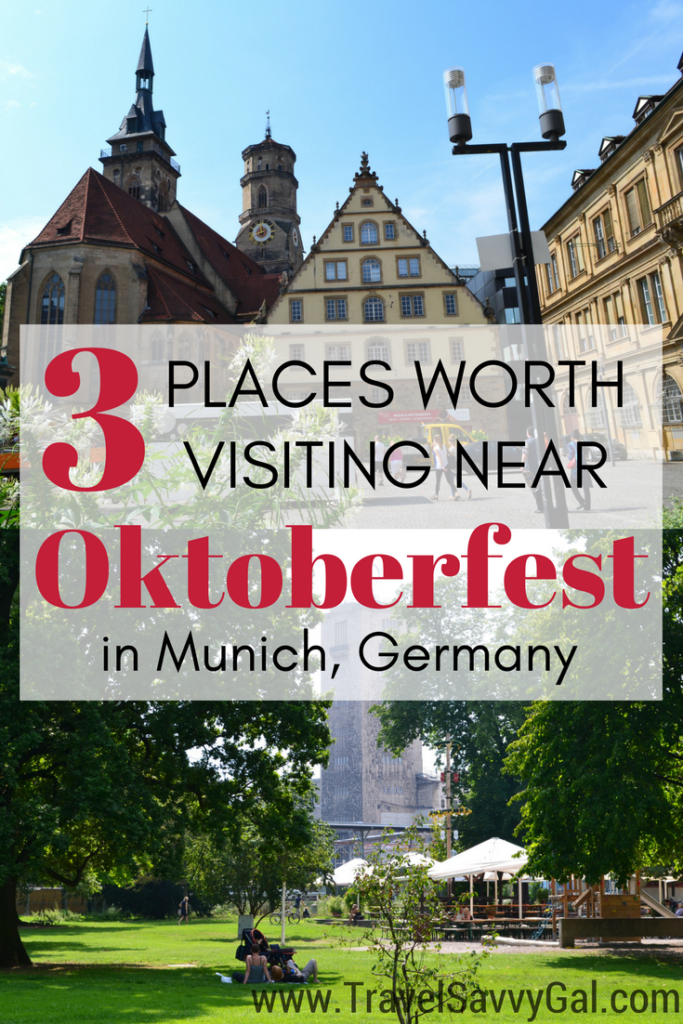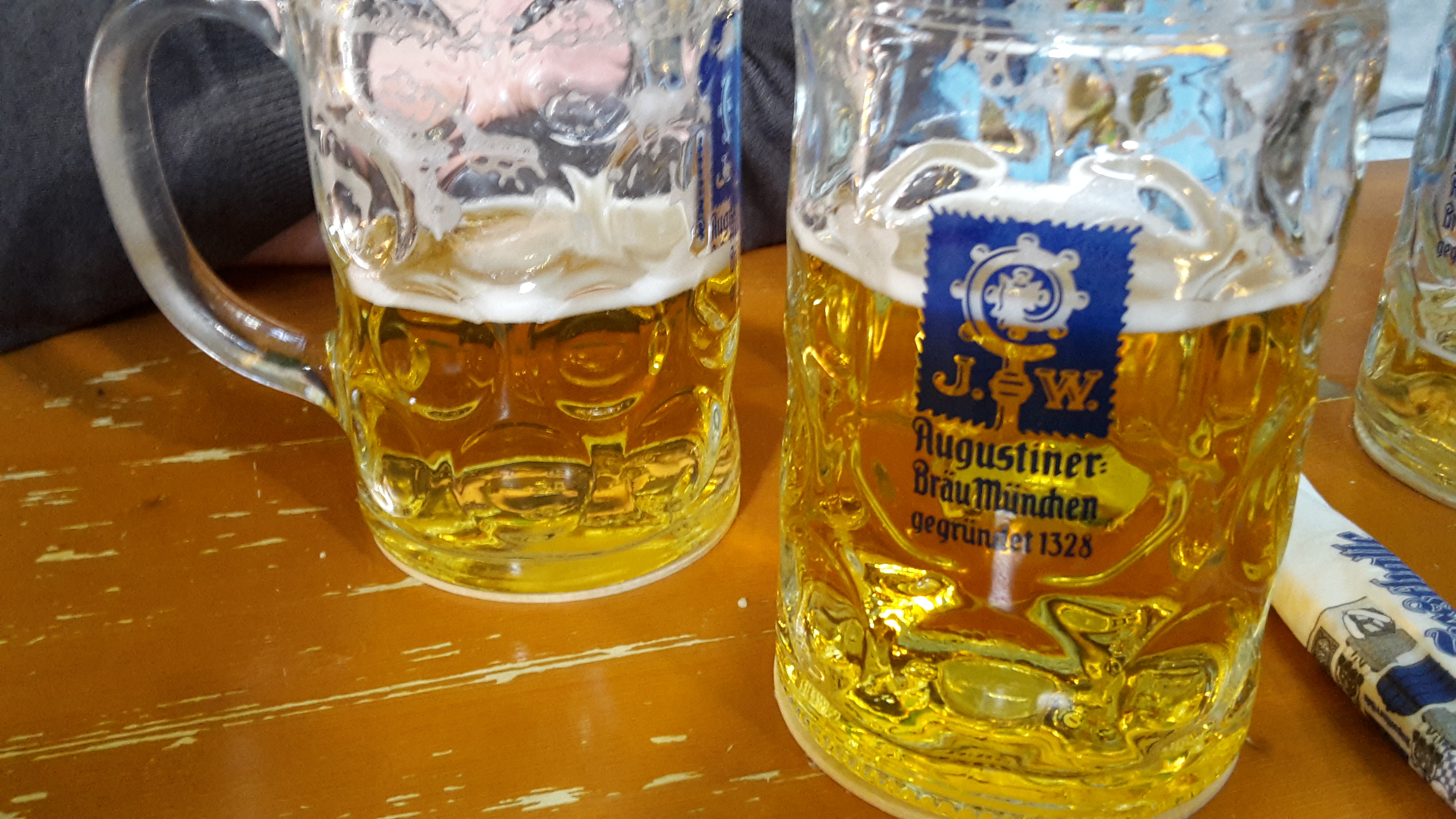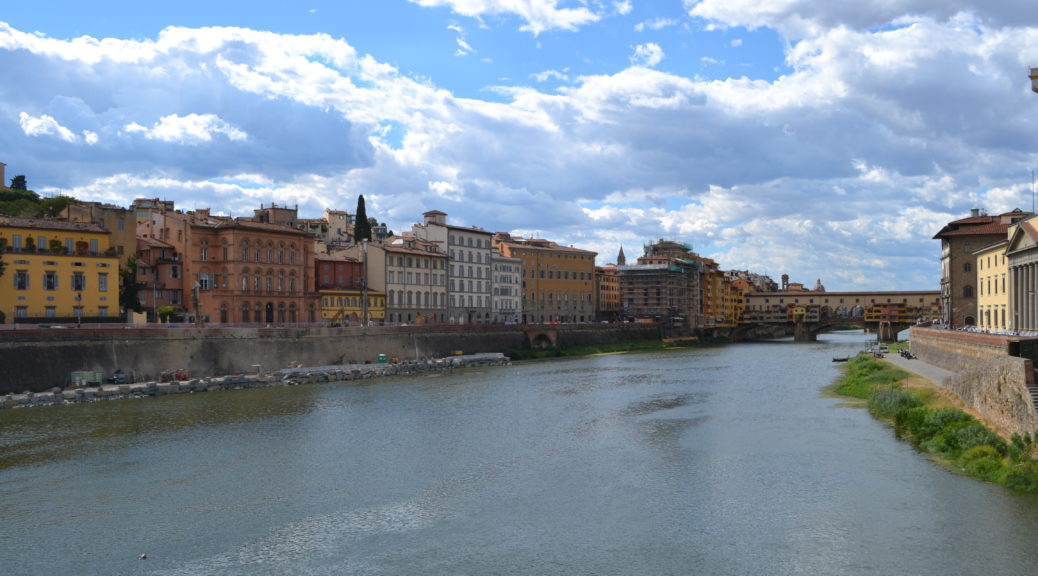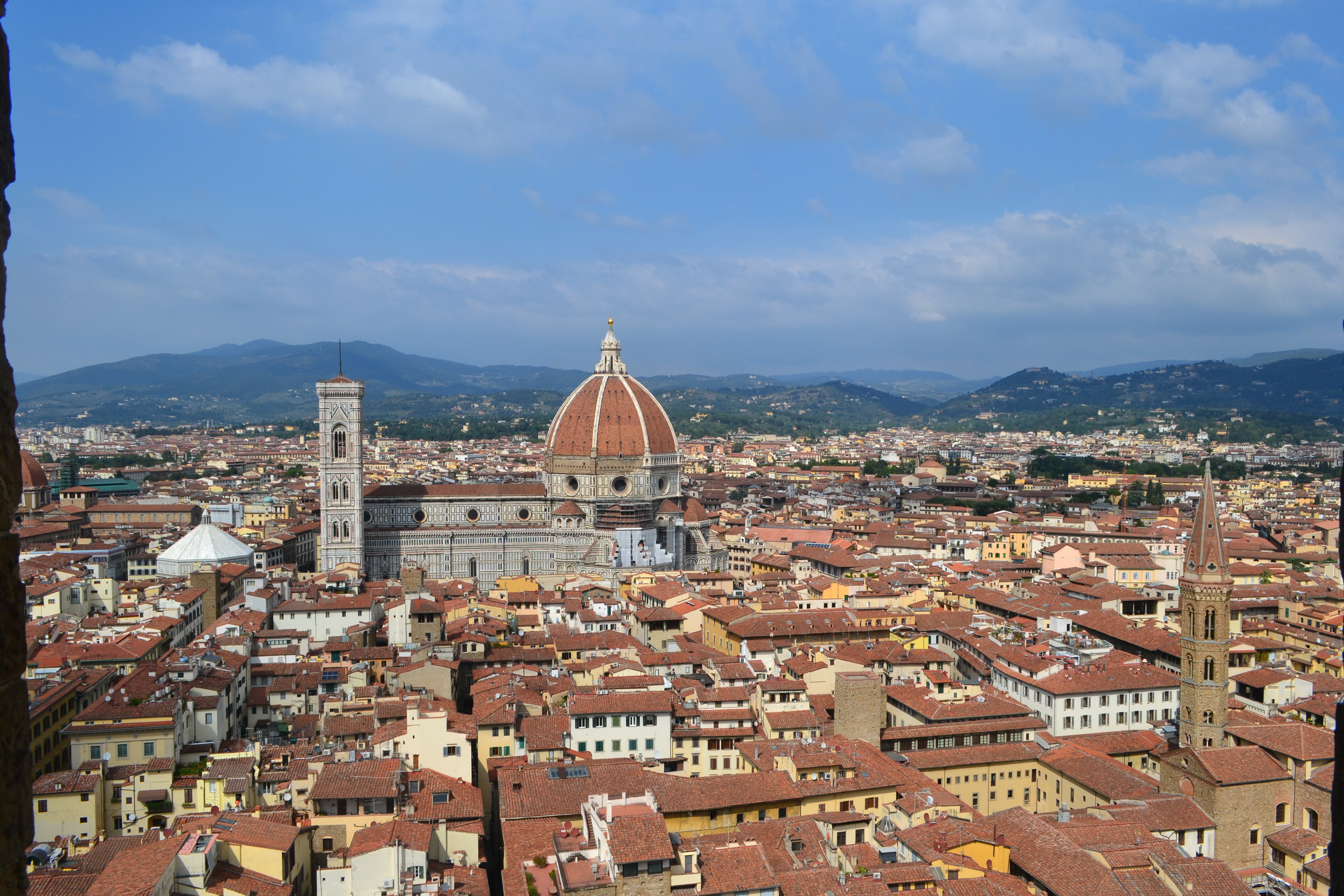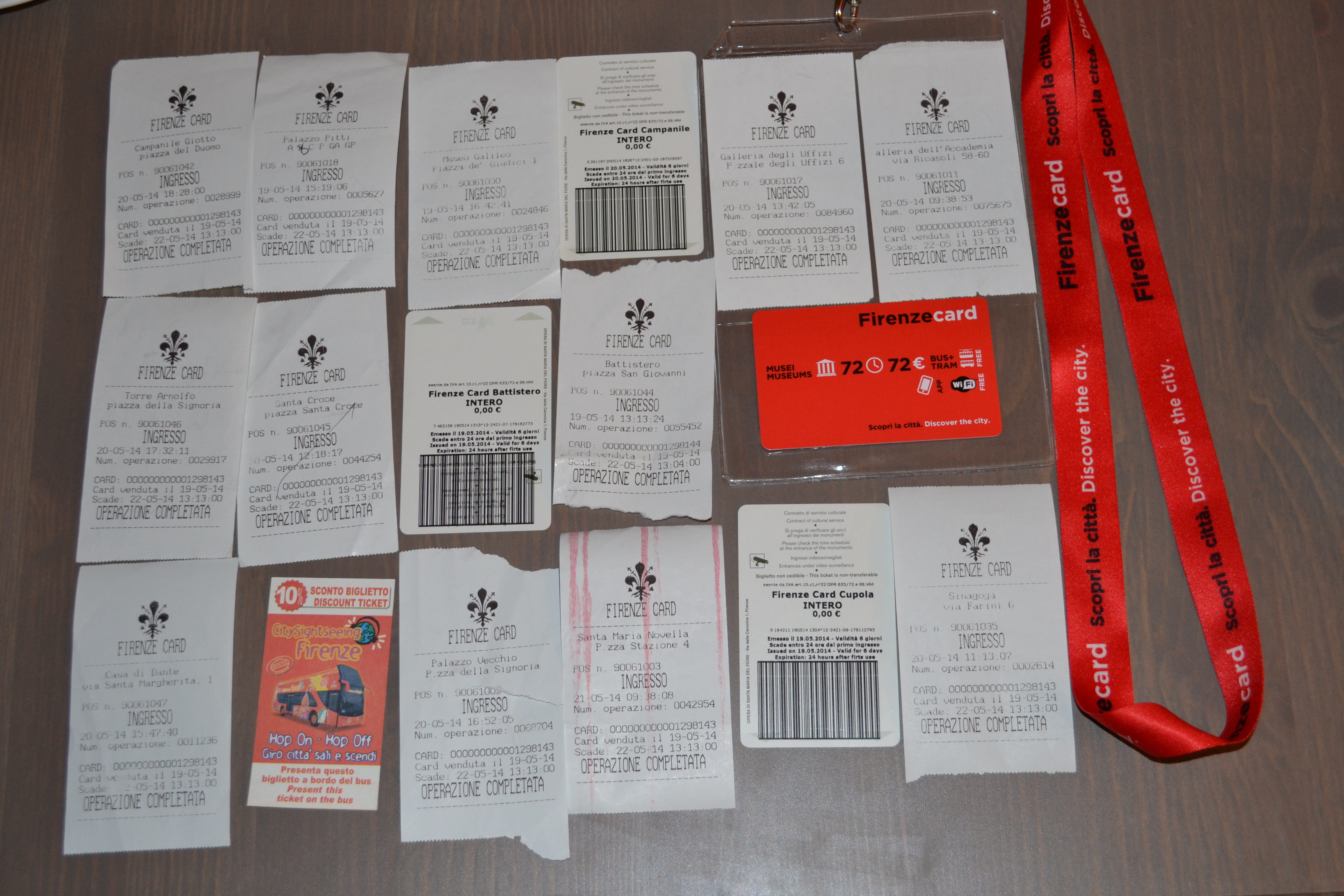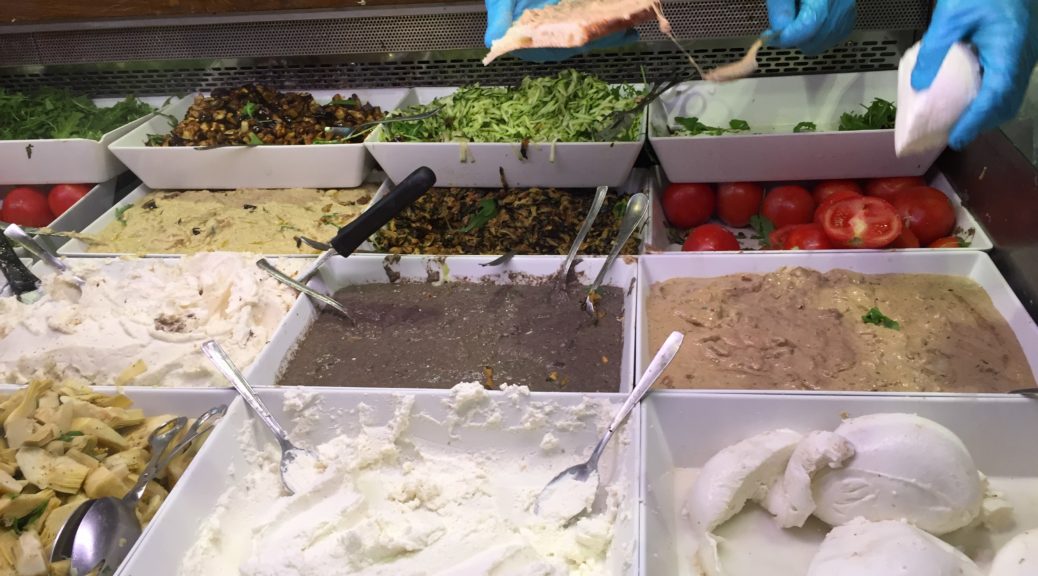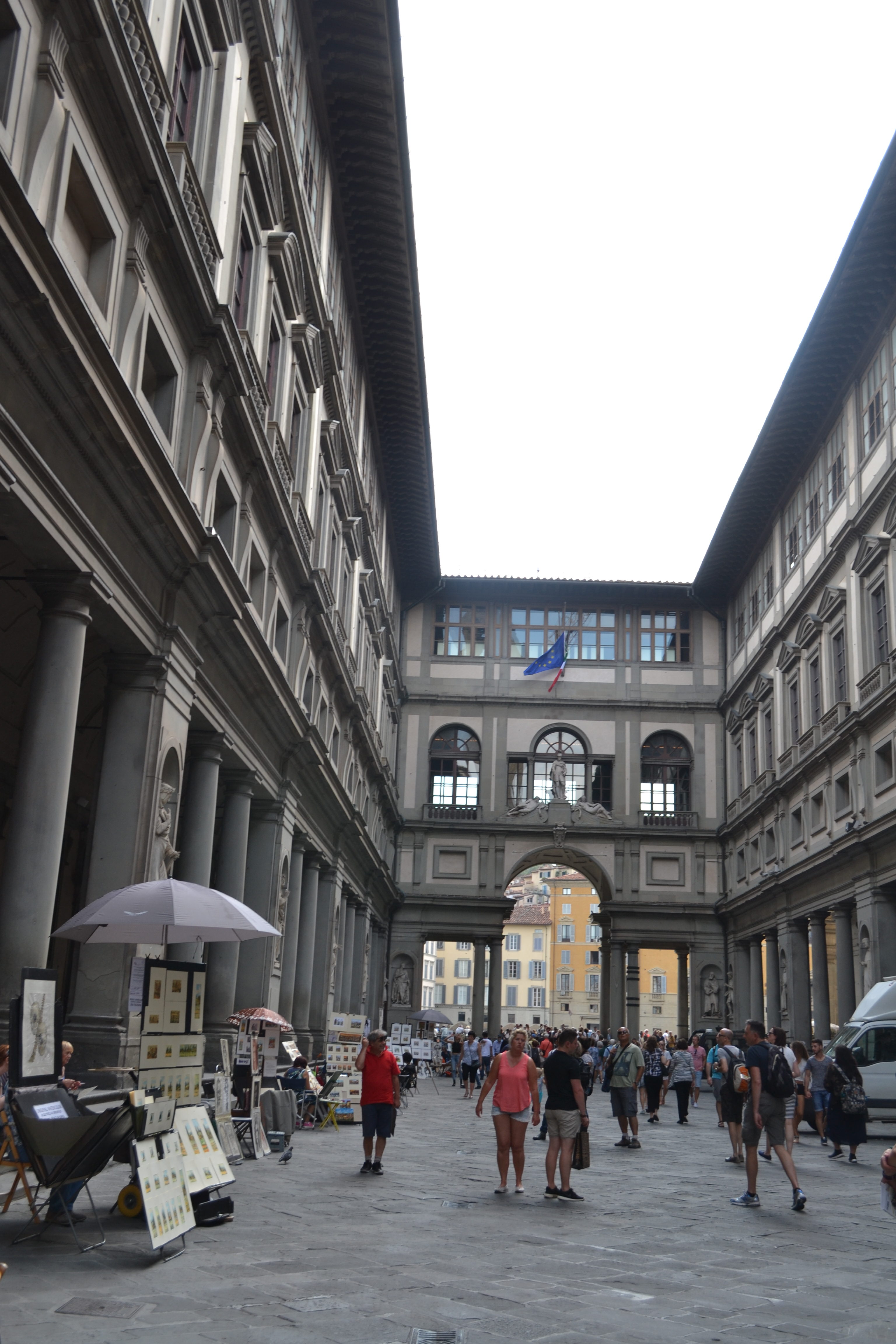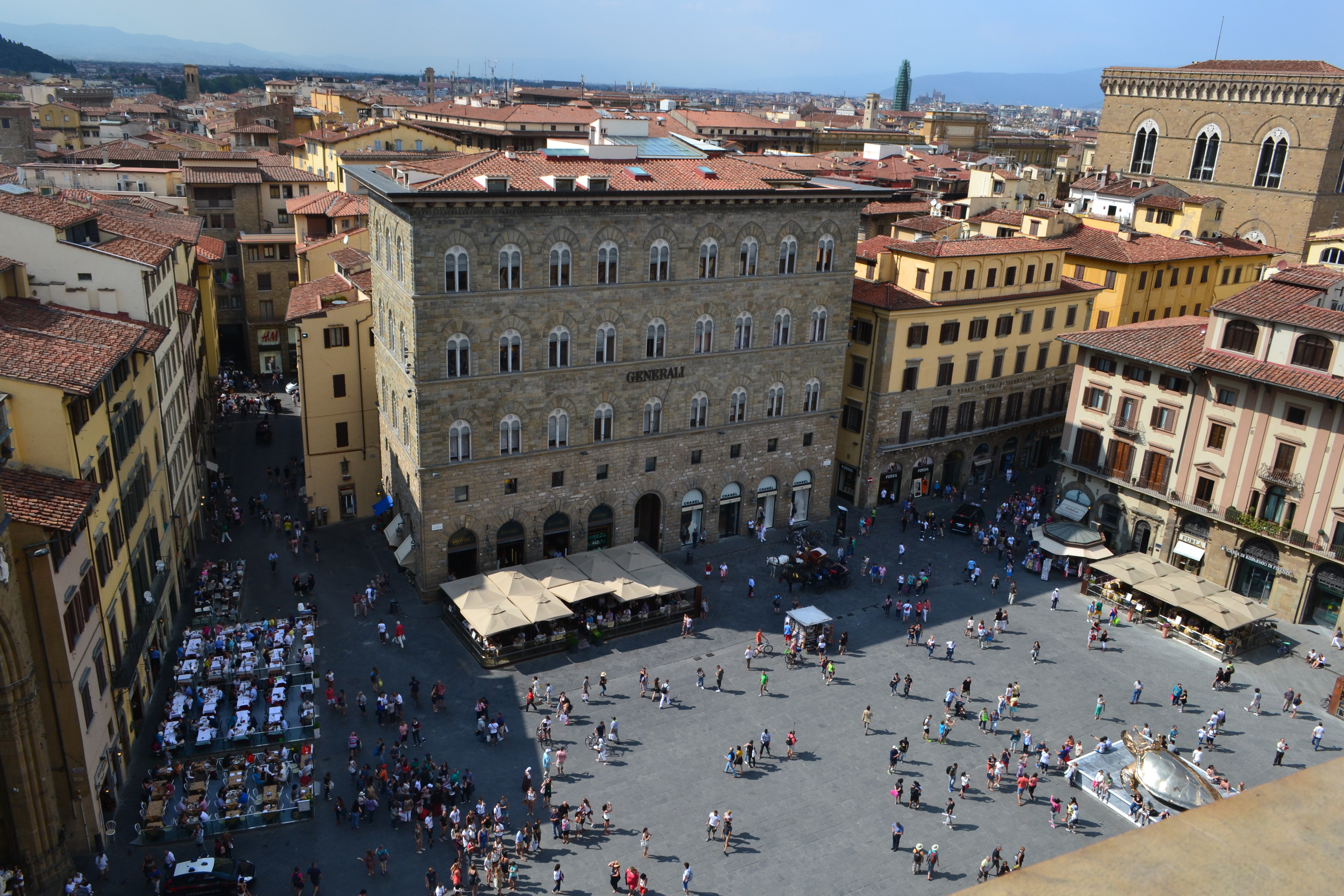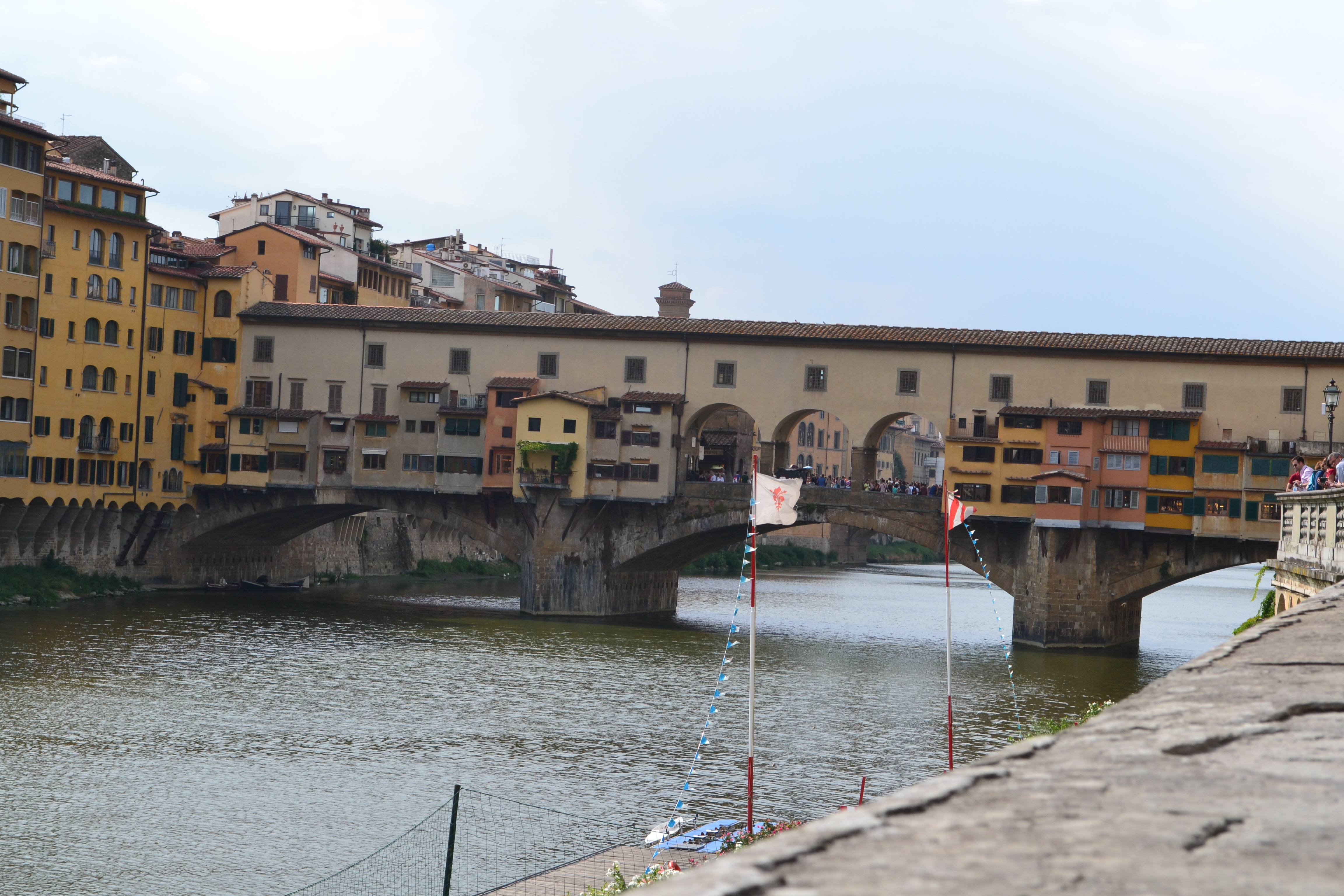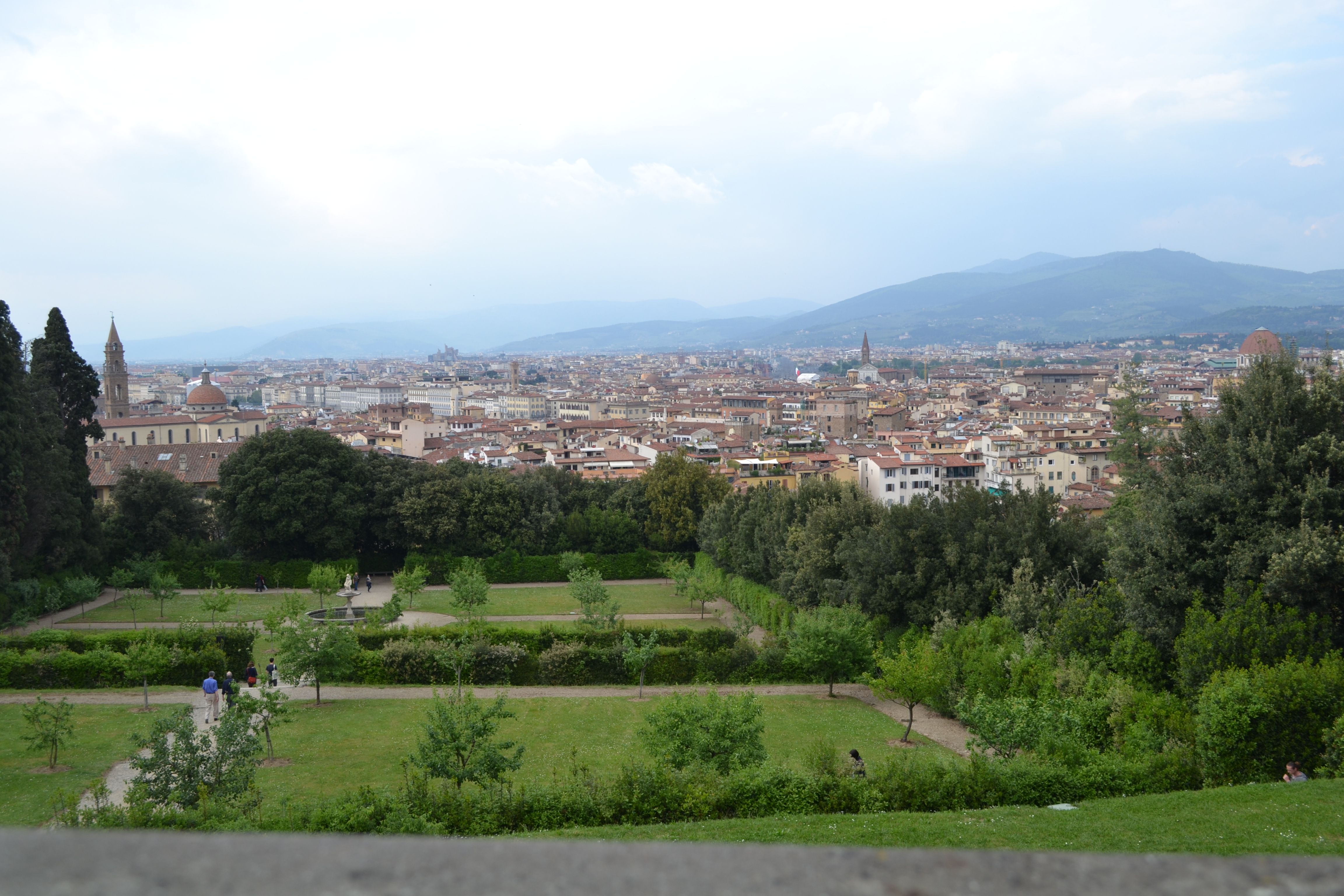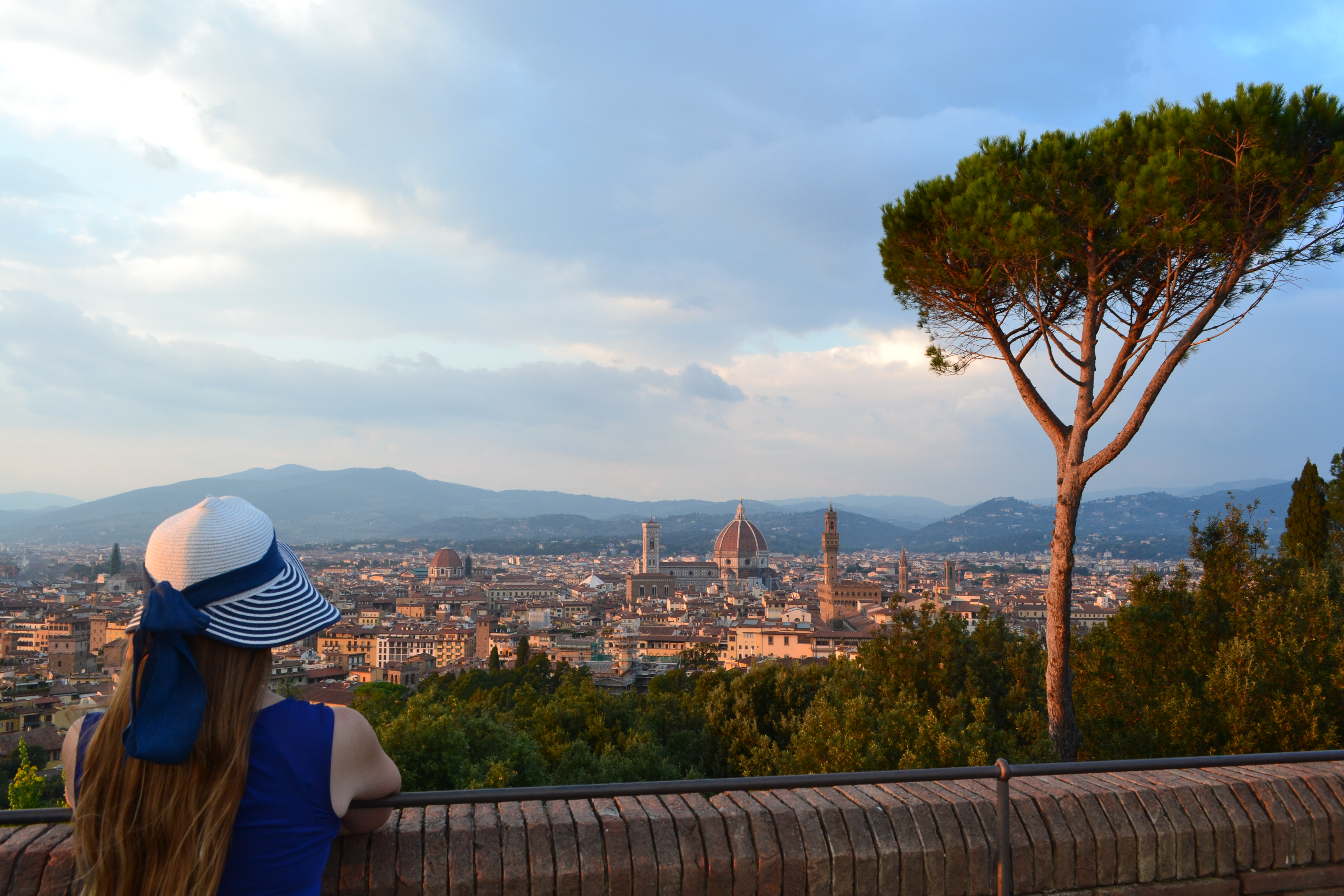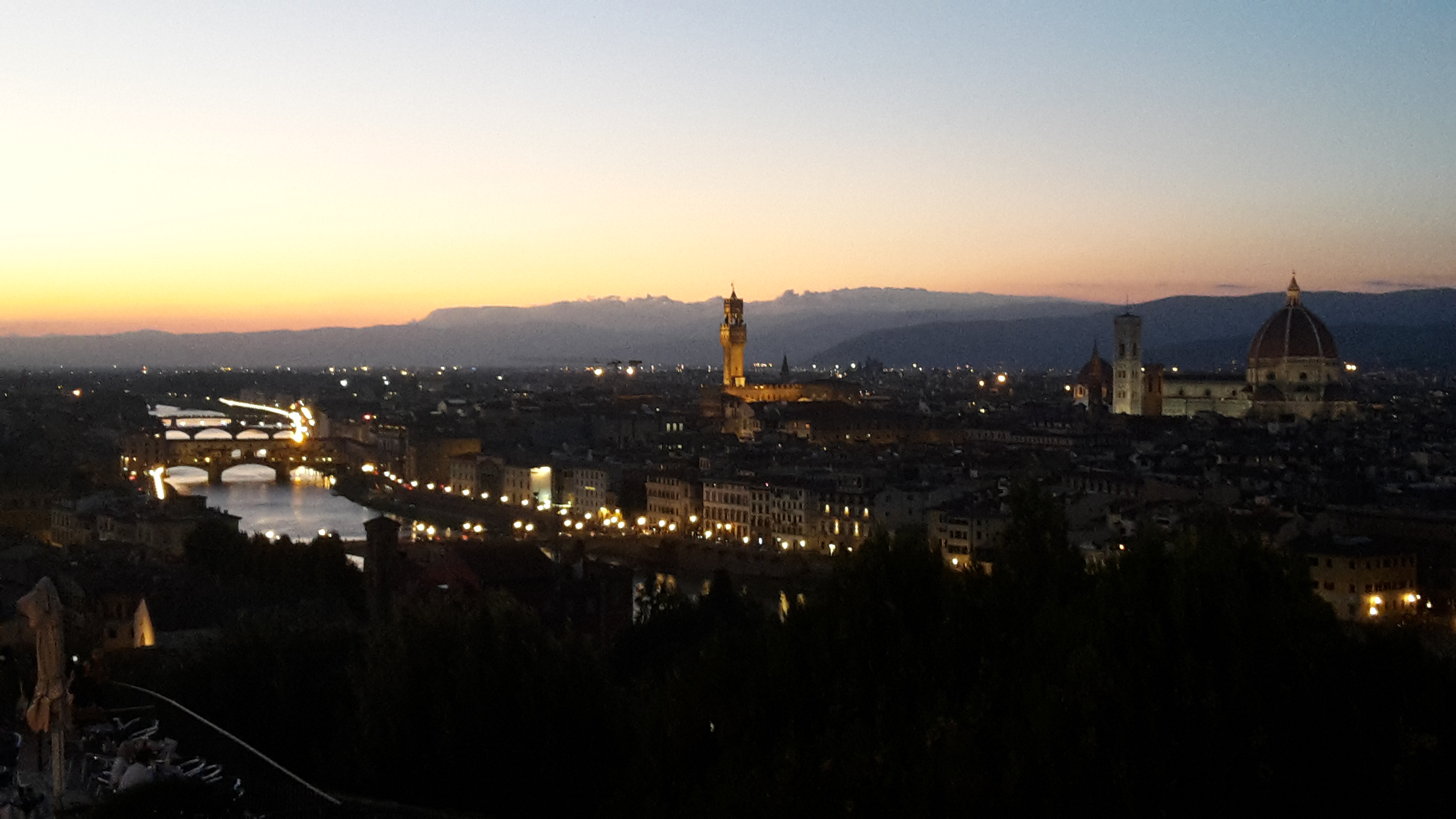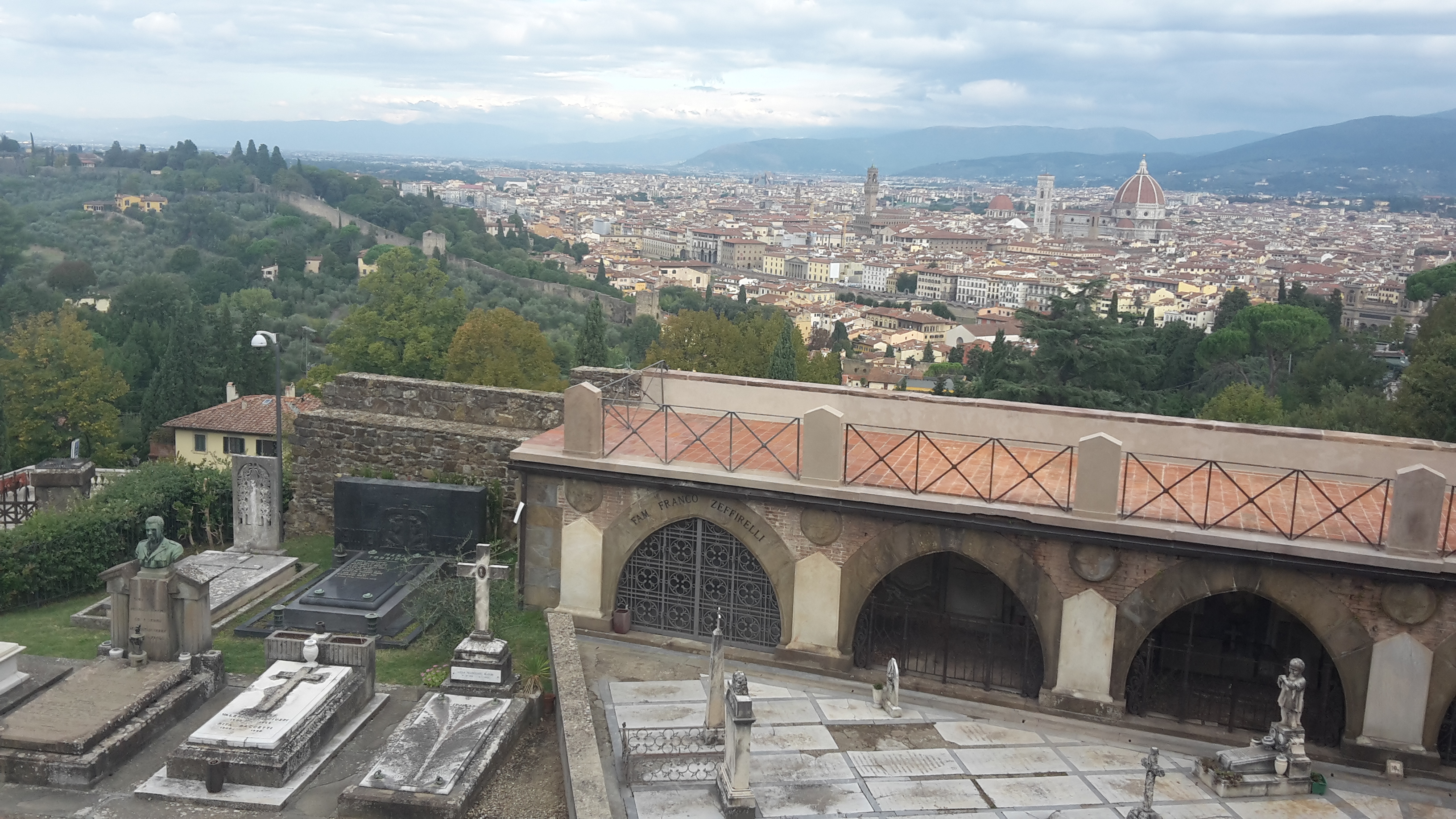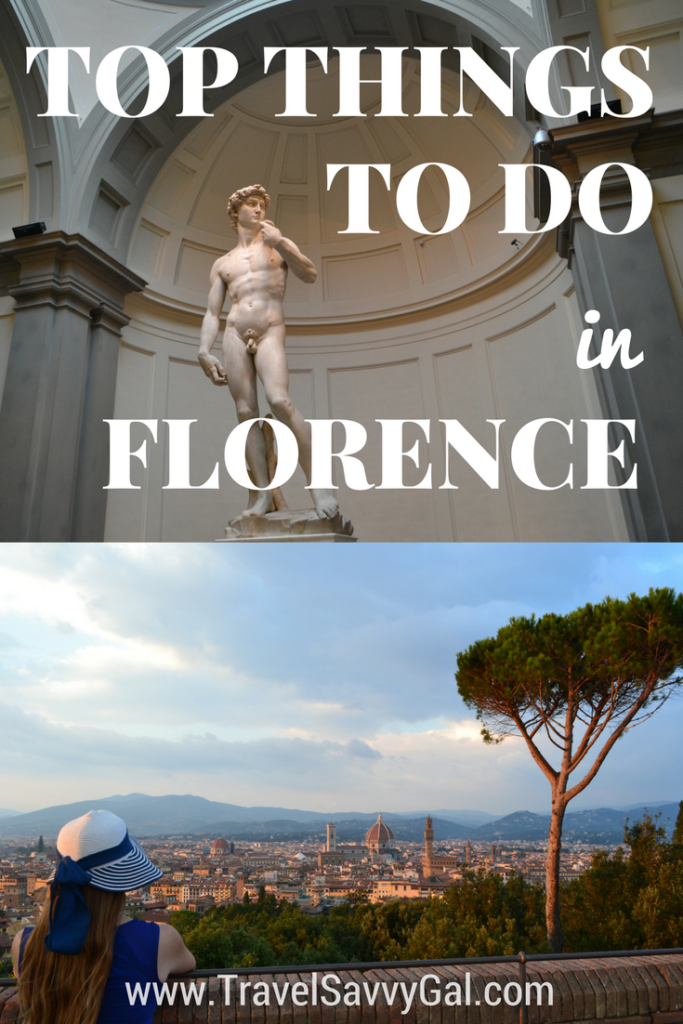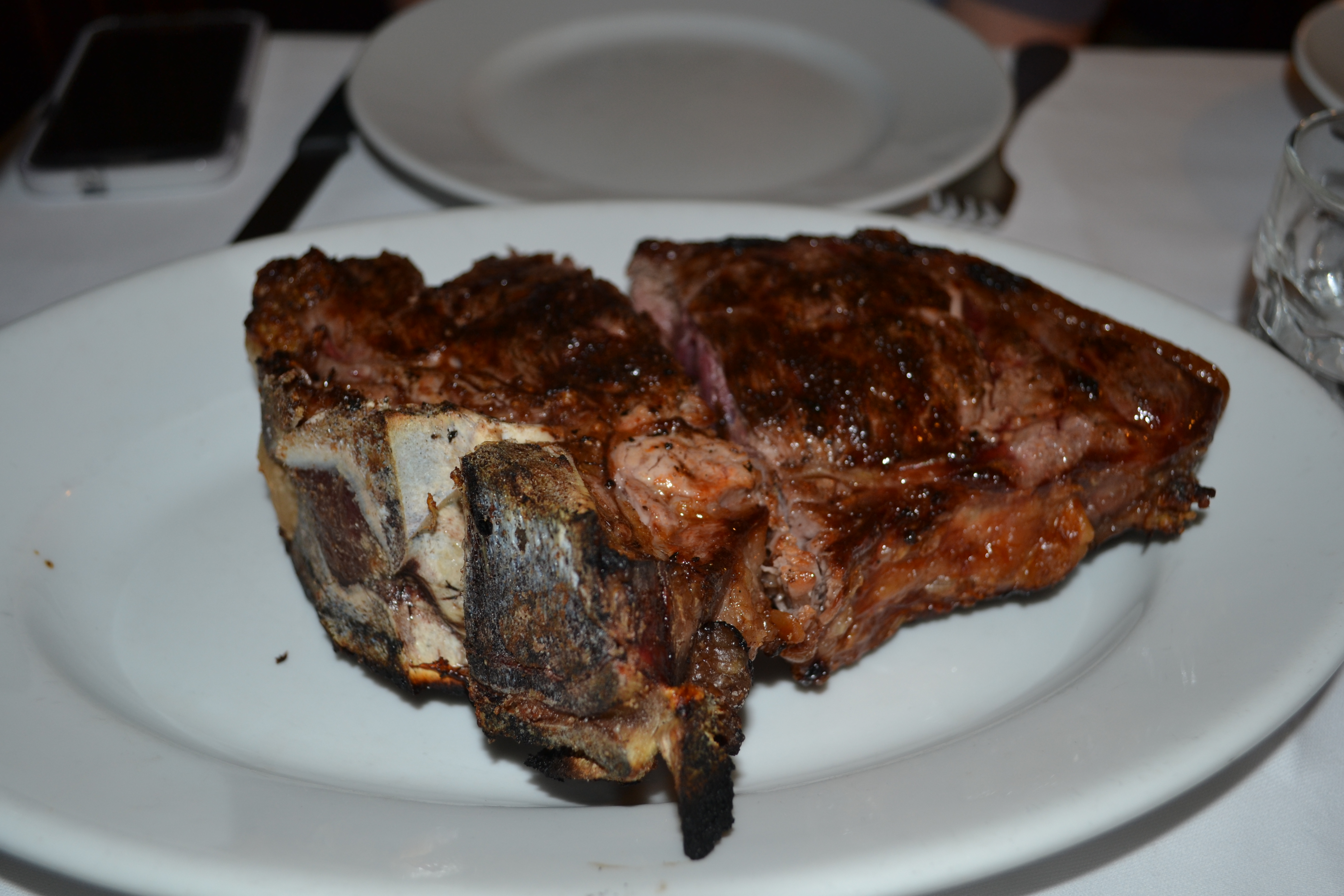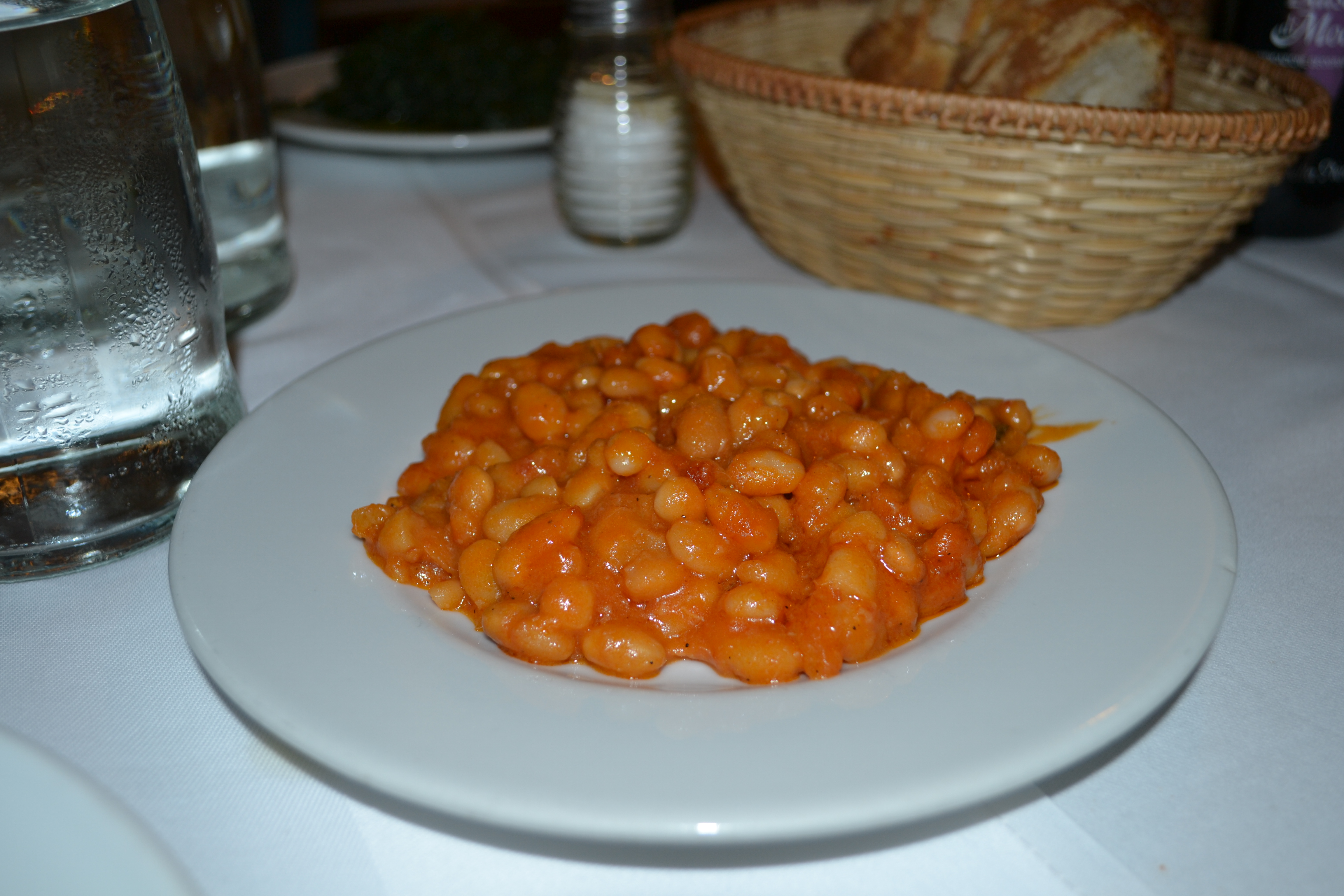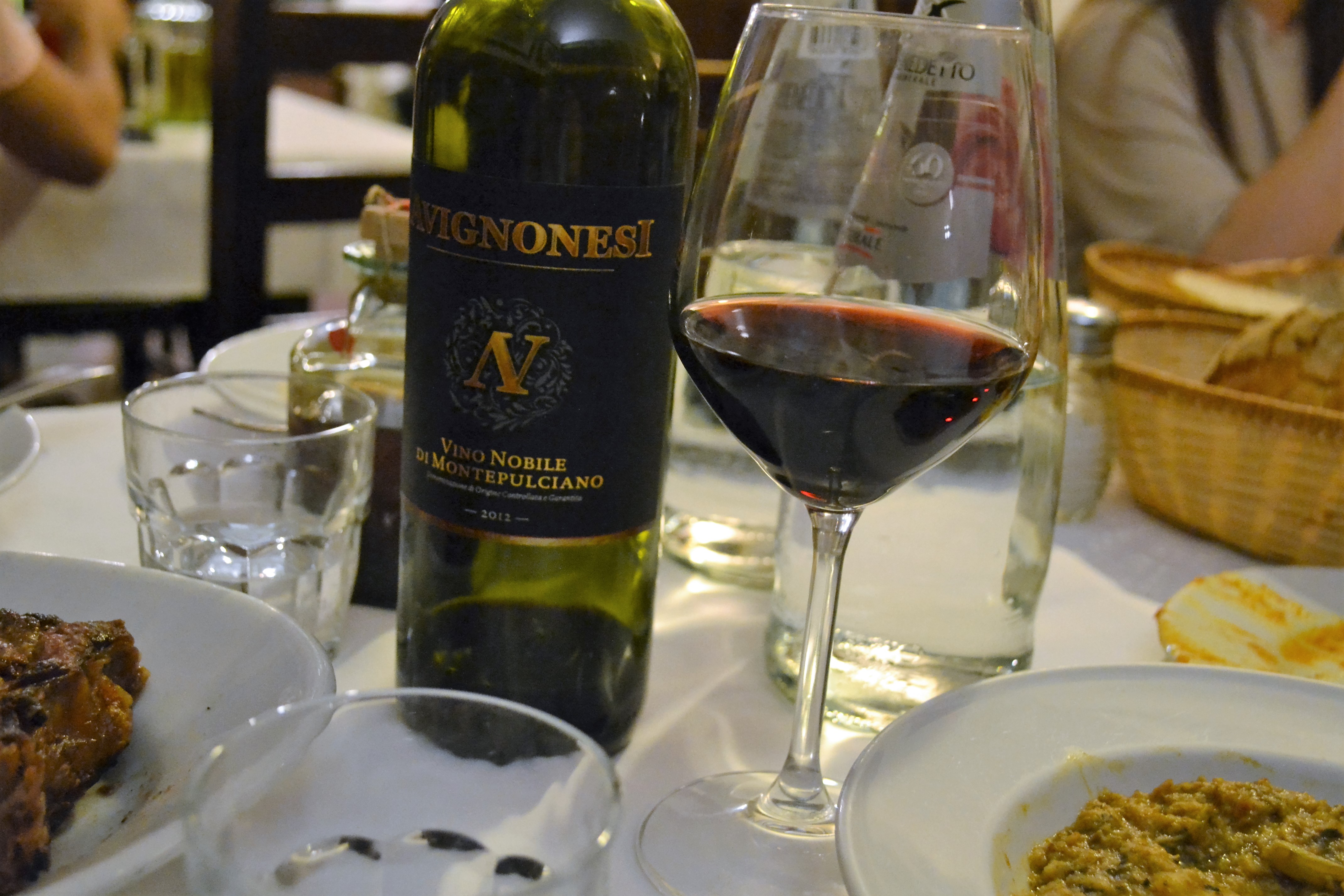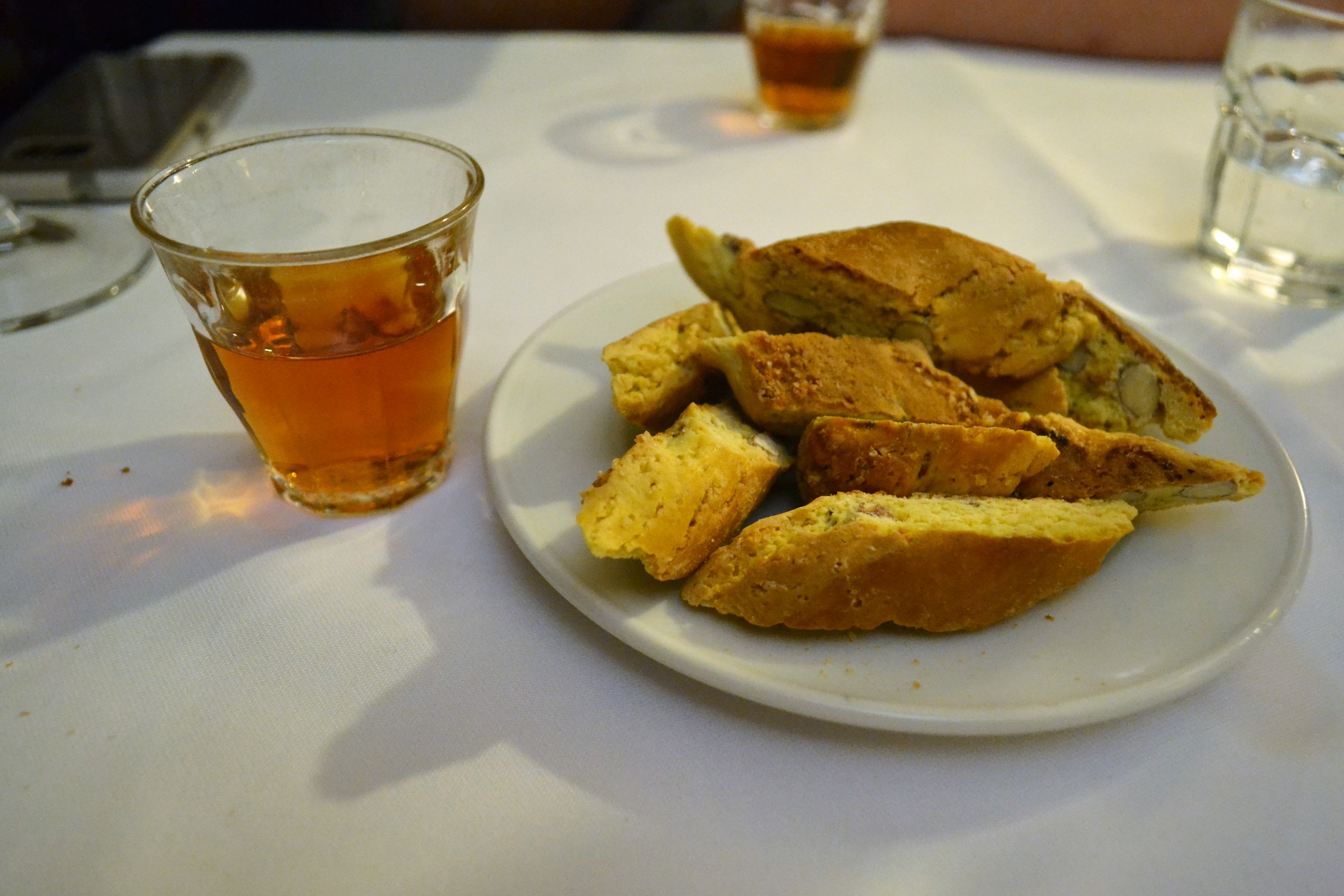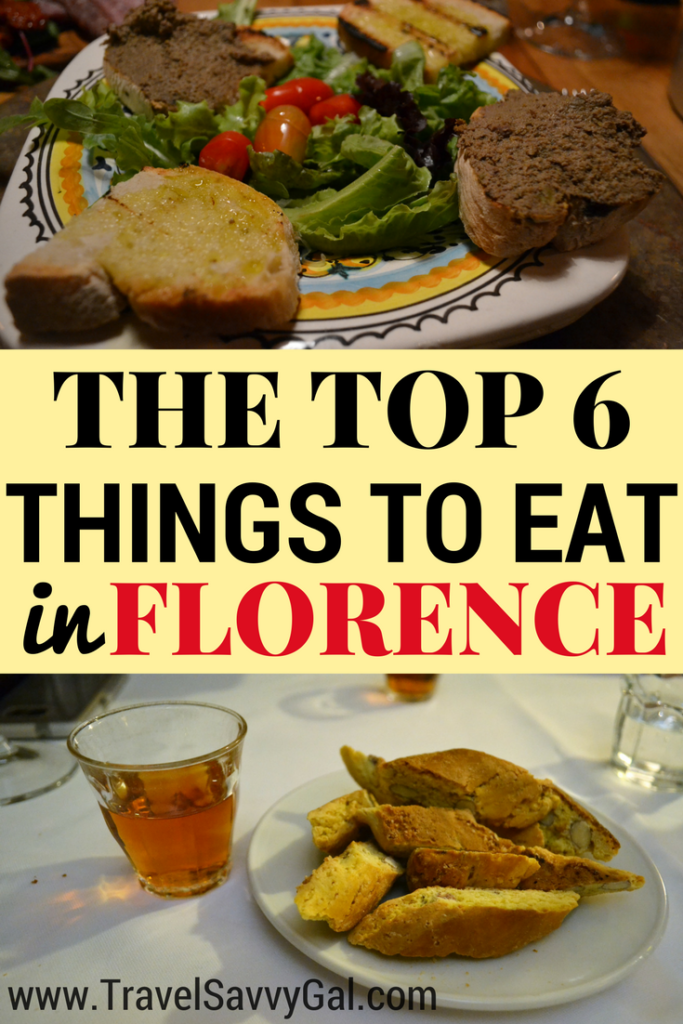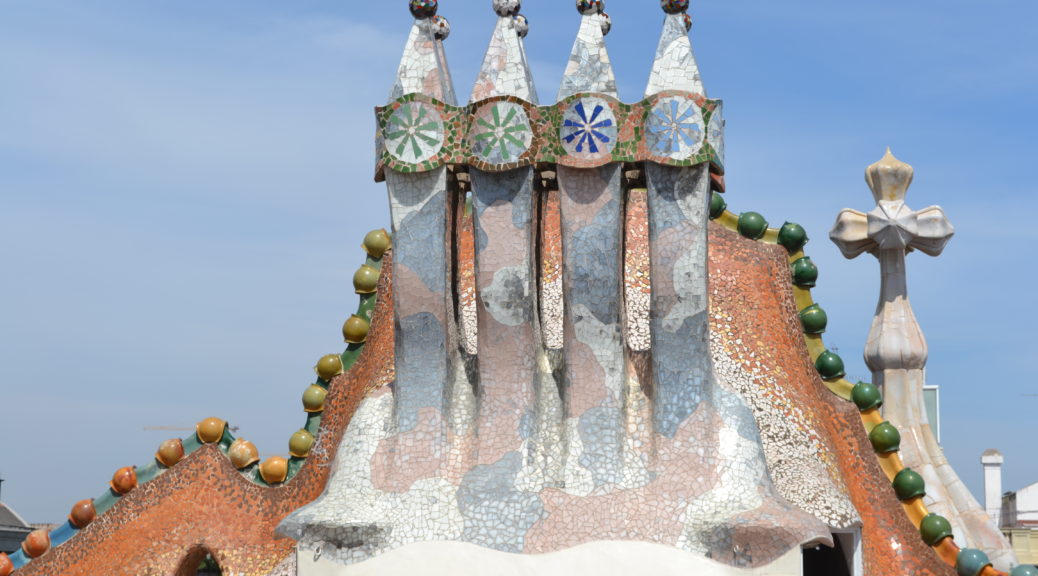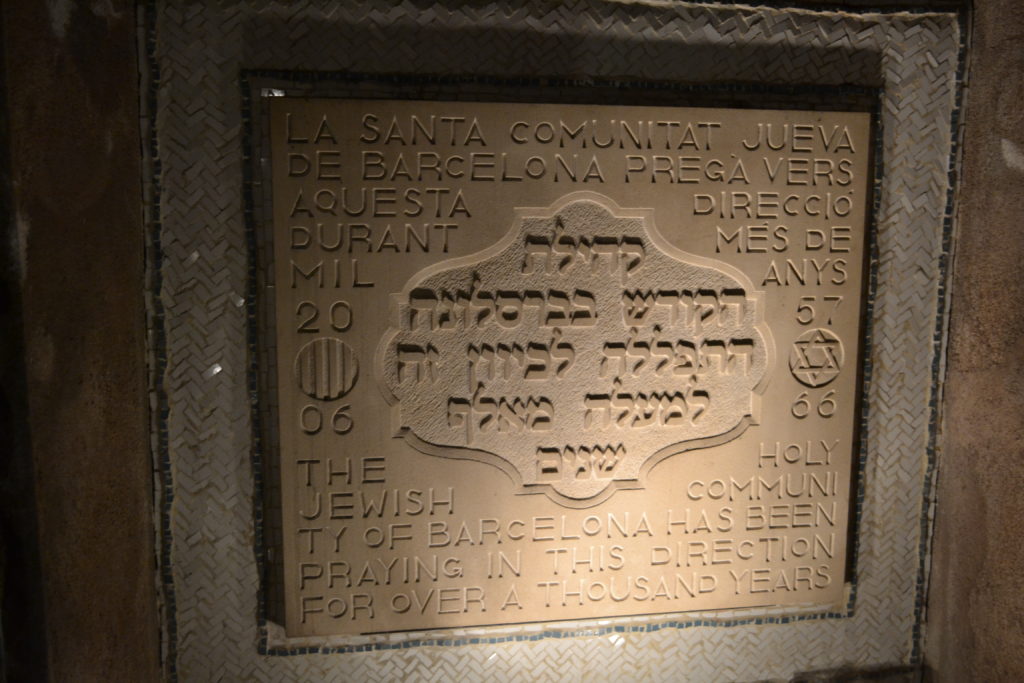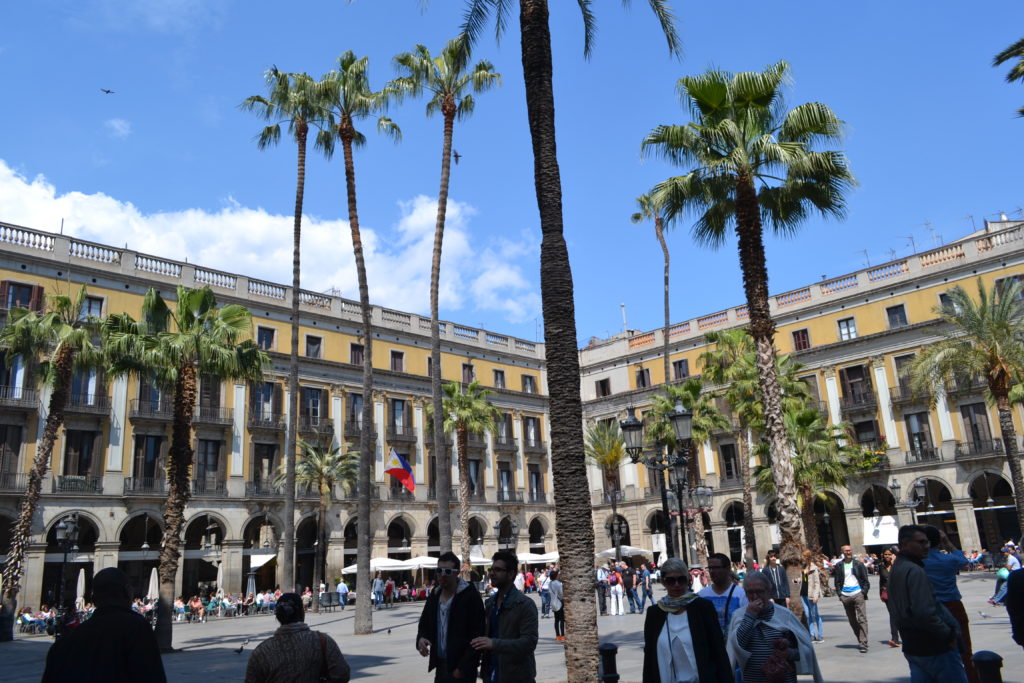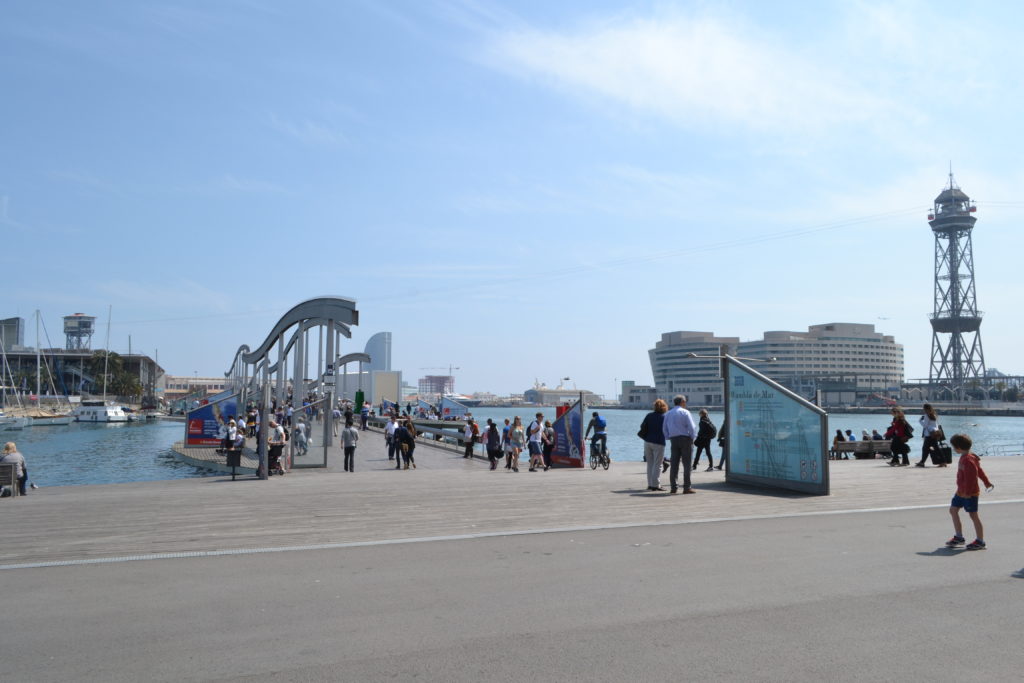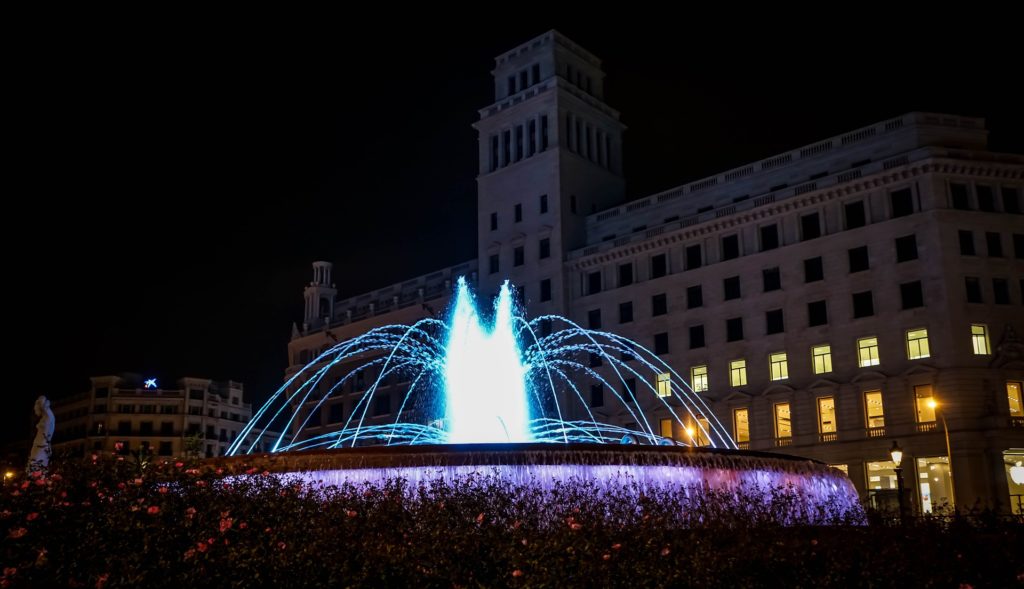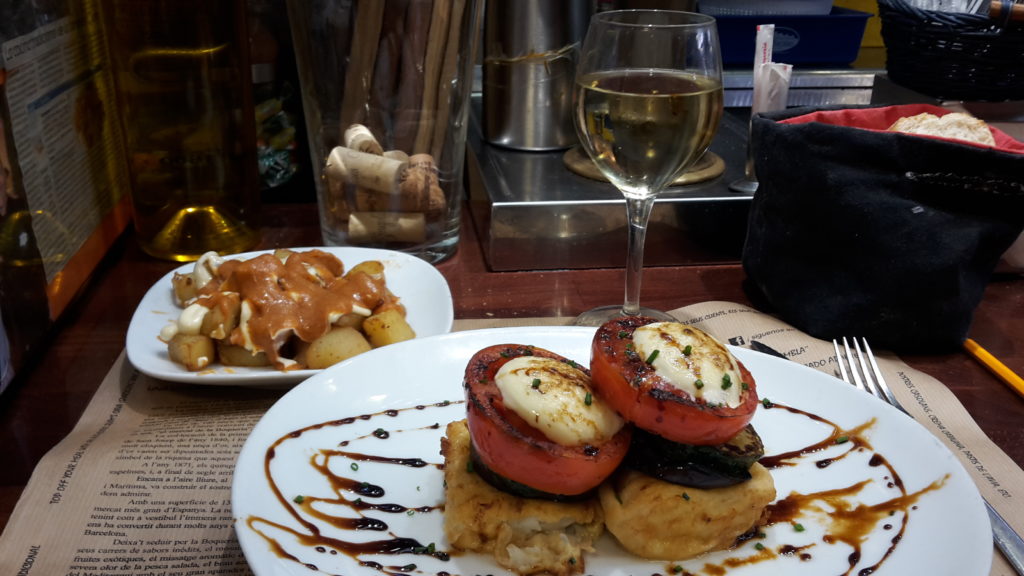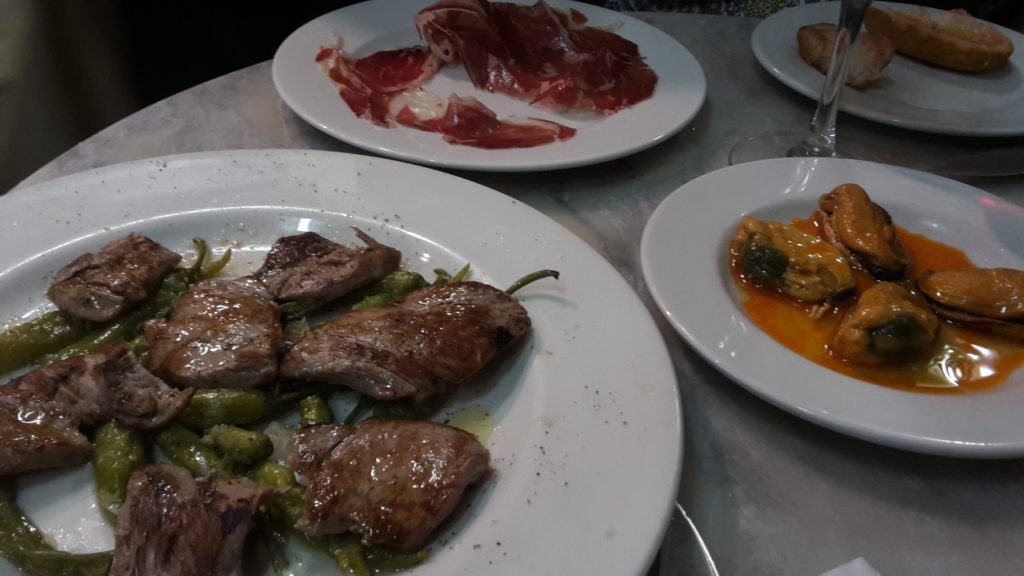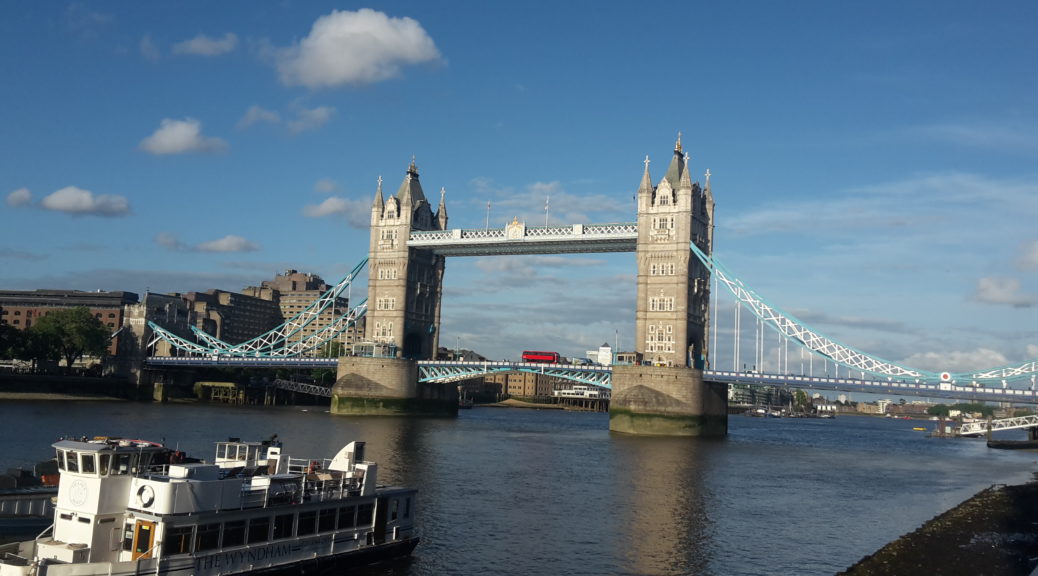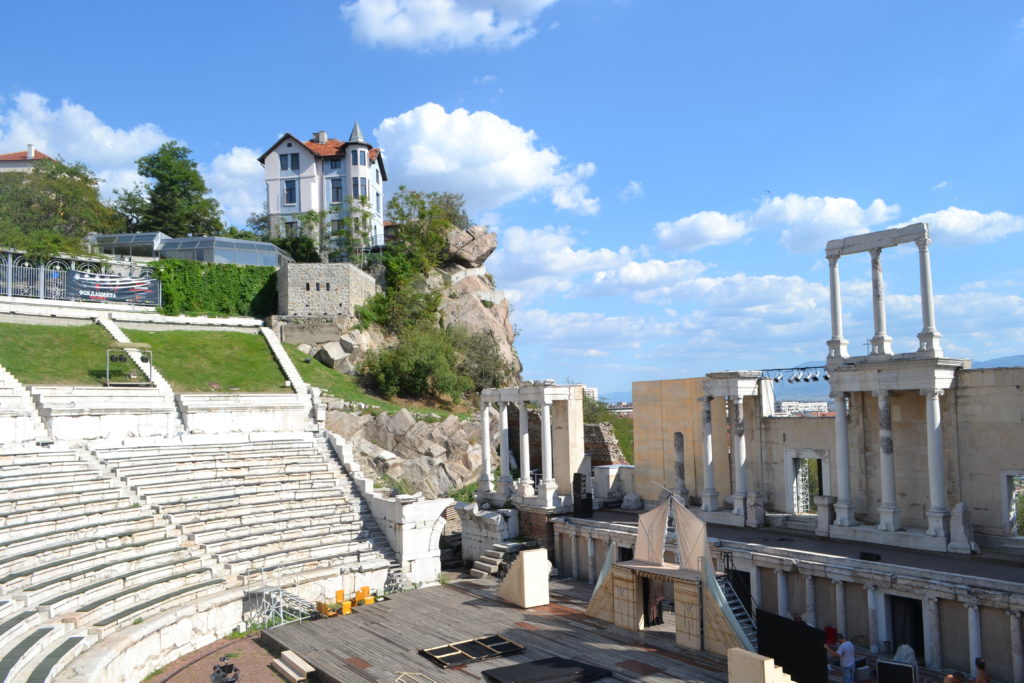If you ask most Italians which Italian regions have the best cuisine, they’ll typically tell you Emilia-Romagna (where Bologna, Parma, and Modena lie) and Tuscany, the region of Florence. Tuscan cuisine, involves grilled meat and hearty dishes that leave you satiated.
READ MORE: Top 6 Things to Eat (and Drink) in Florence
There is no shortage of excellent spots to eat in Florence, here are the top spots that I recommend:
Breakfast
Depending on what area of the city you’re staying in, finding a sit-down restaurant for breakfast might be tough. I’d recommend either booking accommodations somewhere that includes breakfast or finding the local “bar” (coffee place) where you can grab a pastry and cappuccino at the counter (see more about typical Italian breakfast here).
If you do go out for breakfast, watch out for the coperto (cover charge) that can be exorbitant if you sit down at a table at a restaurant in the touristy parts of town, especially near Piazza della Signoria. The one place I can recommend is in Piazza Duomo, which in general seems to have more reasonably priced options:
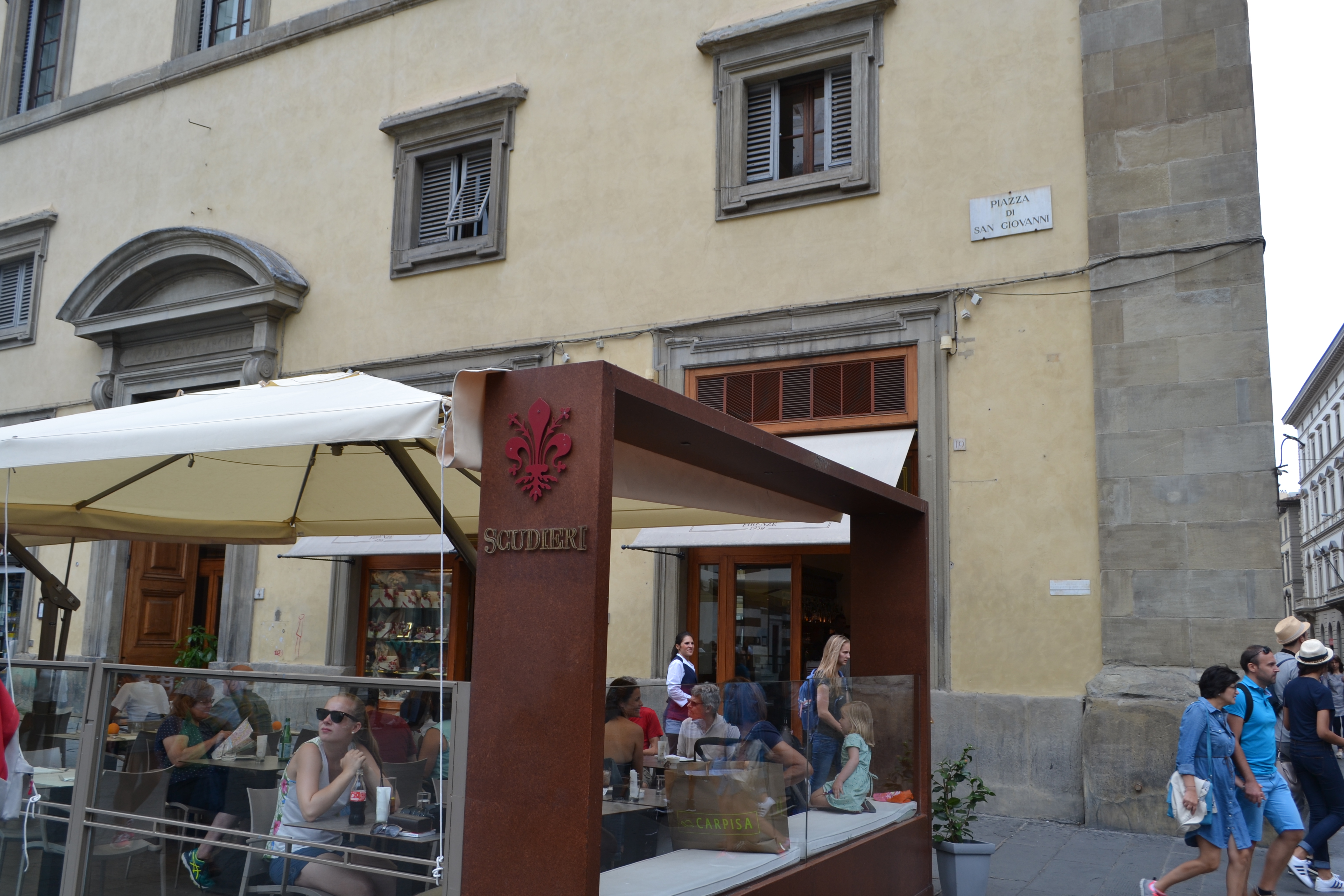
Scudieri
On the corner of Piazza Duomo, I’ve popped in here for a coffee, pastry, and one of the mini breakfast sandwiches. It’s a bit pricey, but a convenient location if you are looking to grab a quick bite early in the morning before visiting the Duomo.
READ MORE: Top Picks for Churches, Art, and Amazing Views in Florence
Lunch/More Casual Spots
I’ve listed the more casual eateries or those with a special lunch menu in this section, although they are all also open for dinner if you’re looking for more casual dinner options. These are all wonderful options for refueling in the middle of a day of taking in the sights around Florence:
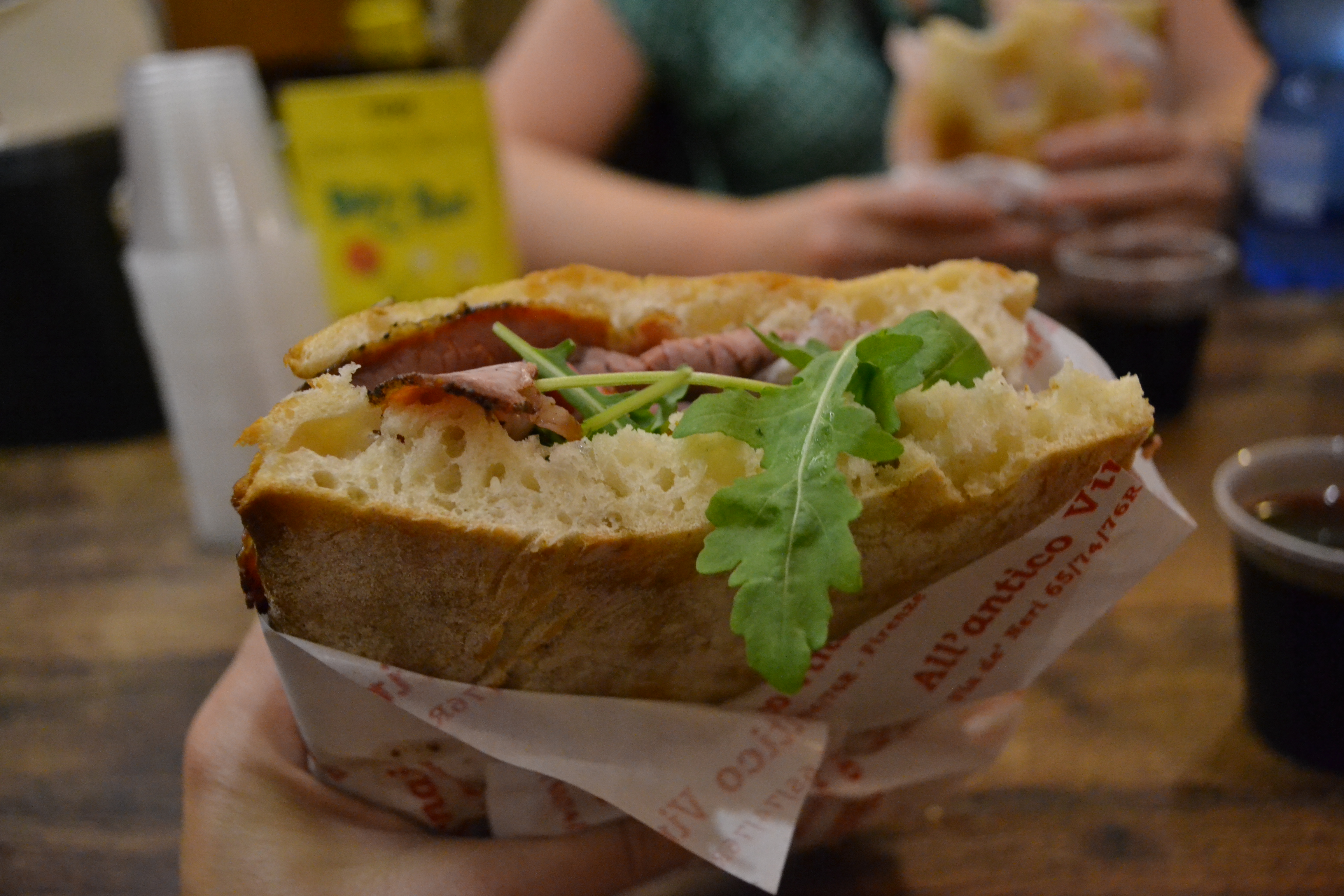
All’Antico Vinaio
(Sorry this blurb is so long, but trust me, this place is worth it!) All’Antico Vinaio is actually two places, one right across from another, and quite close to Piazza della Signoria (where the Palazzo Vecchio and Uffizi Gallery are located). Usually when I go, one side of the street has a very long line, and there is a shorter line for the location on the even-numbered side of the street for the “osteria.” Don’t worry, the food is the same at both, and you’ll see bread and produce being hand-walked across the street by the staff. It’s best to go early or late, and to visit on a weekday, to avoid when can sometimes be quite long lines.
So what makes this by far the best panino (singular of panini) I’ve had in my 3 years living in Italy? First, the bread. It is like a thick foccacia, with a thin crust on the outside and a soft inside that can stand up to the sandwich while still absorbing its delicious flavors. Second, the quality of the meat, cheese, vegetables, and spreads. Everything is fresh and rich with flavor, like good Italian ingredients should be. There are a number of different panino flavor combinations on the wall, or you can ask the staff – all of whom seem to be at least conversational in English – for their favorite flavor combinations with the meat of your choice and they will make you a delectable panino! My favorite toppings are the porcini mushroom and black truffle spreads.
A panino here is quite large, so some opt to share, although I always get my own despite never actually managing to finish one. You can also order house wine by the glass, which is self-serve. Can you tell this is my favorite lunch spot in Florence? 😉 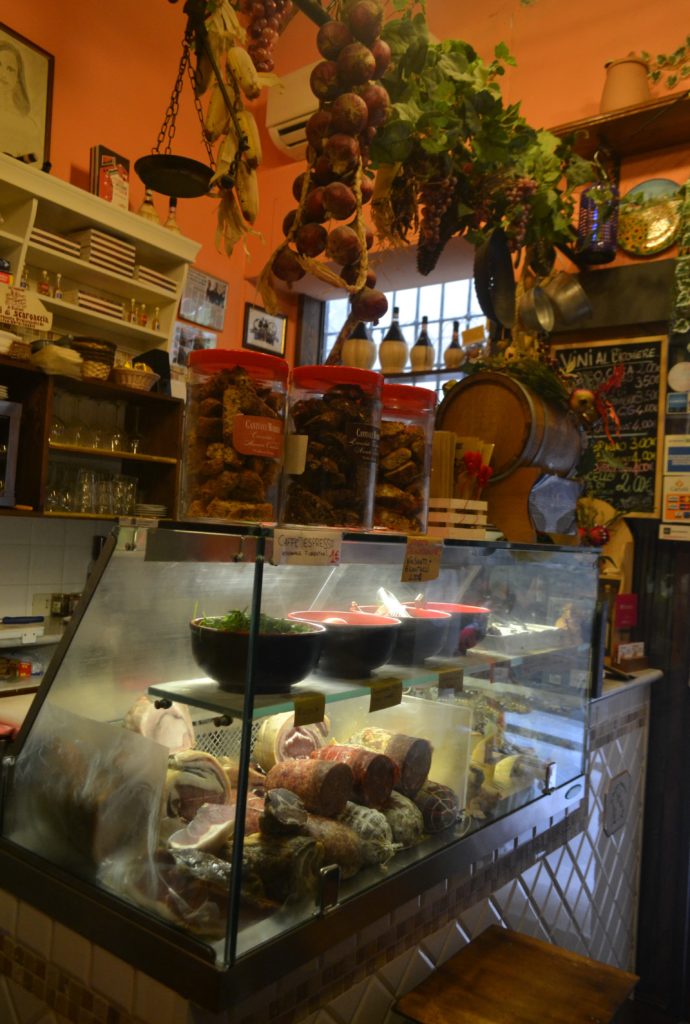
Il Bufalo Trippone
For when the line at All’Antico Vinaio is a bit too long for how hungry you are – or you want to beat the crowds for another excellent panino – the nearby Il Bufalo Trippone is a gem. It is tiny and there are not many spots to sit inside, but the quality of the sandwich and of the wine available by the glass in particular, are excellent. The meat selection is more limited than other spots, only including various pig and wild board salami and prosciutto, but even the vegetarian concoction recommended by the friendly owner was delectable.

TIP! Il Bufalo Trippone is also a shop with wines and food products available at a great price, so this is also a good destination to pick up culinary souvenirs.

L’Antico Noe’
This is really two sister places next to each other, one is a paninoteca and the other is a sit-down place, both located under a quaint stone archway between two streets. I have only been to the trattoria side, which is lively during lunch and has really good plates of typical Tuscan dishes and a few that are more interesting flavor combinations. If you’re looking for a comforting sit-down meal a bit off the beaten path, this is your spot.
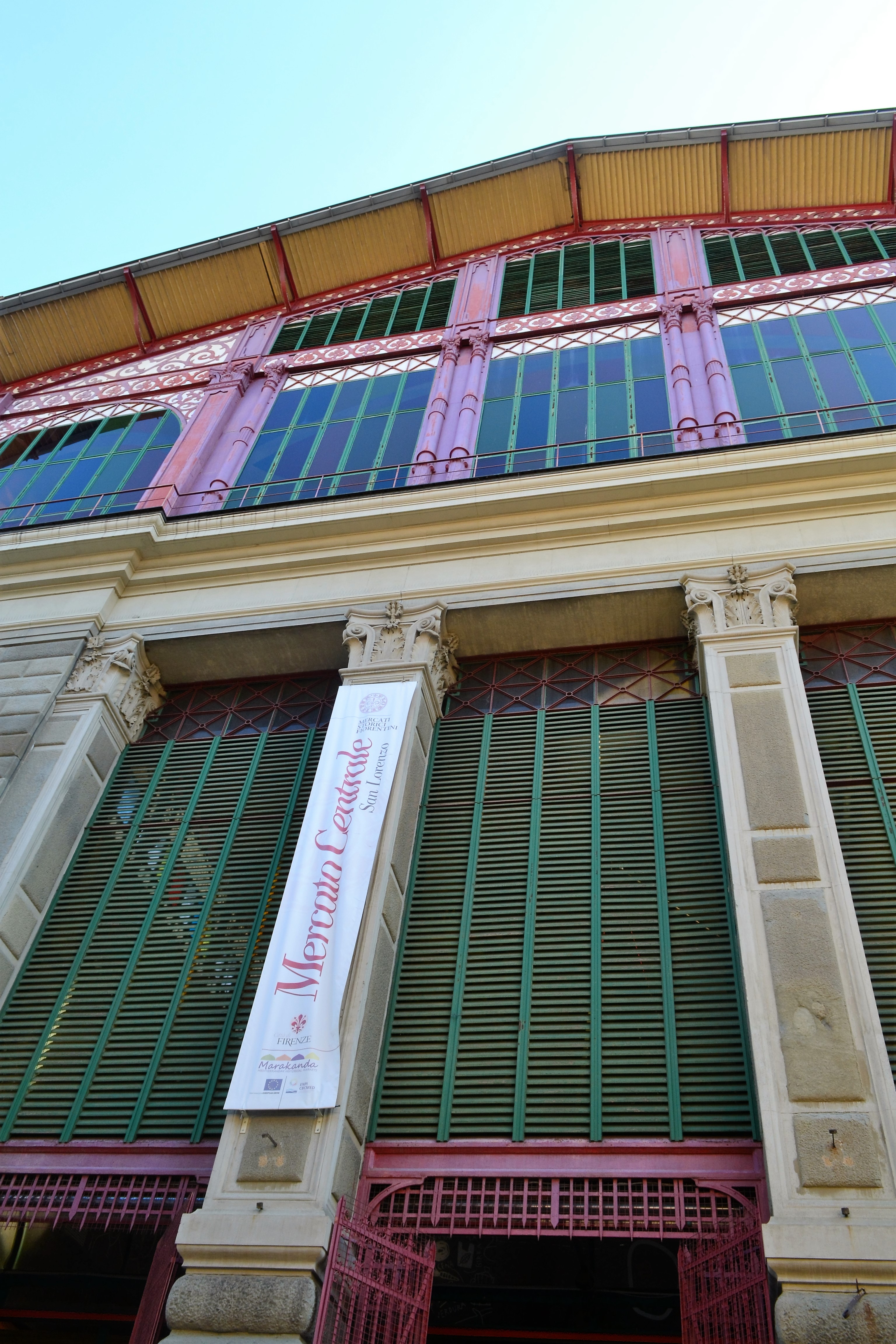
Mercato Centrale
Also listed in my Top Picks post as one of the Off the Beaten Path spots places to check out even if you’re not planning to have a meal there, the central market is also a great casual spot for lunch (or dinner). There is an array of different food stalls and communal seating, so you can order from any place you and your fellow travelers would like, and then enjoy your food sitting together. It’s also a good place to pick up food-based souvenirs, especially if there is some specific culinary product you enjoyed as part of your meal.
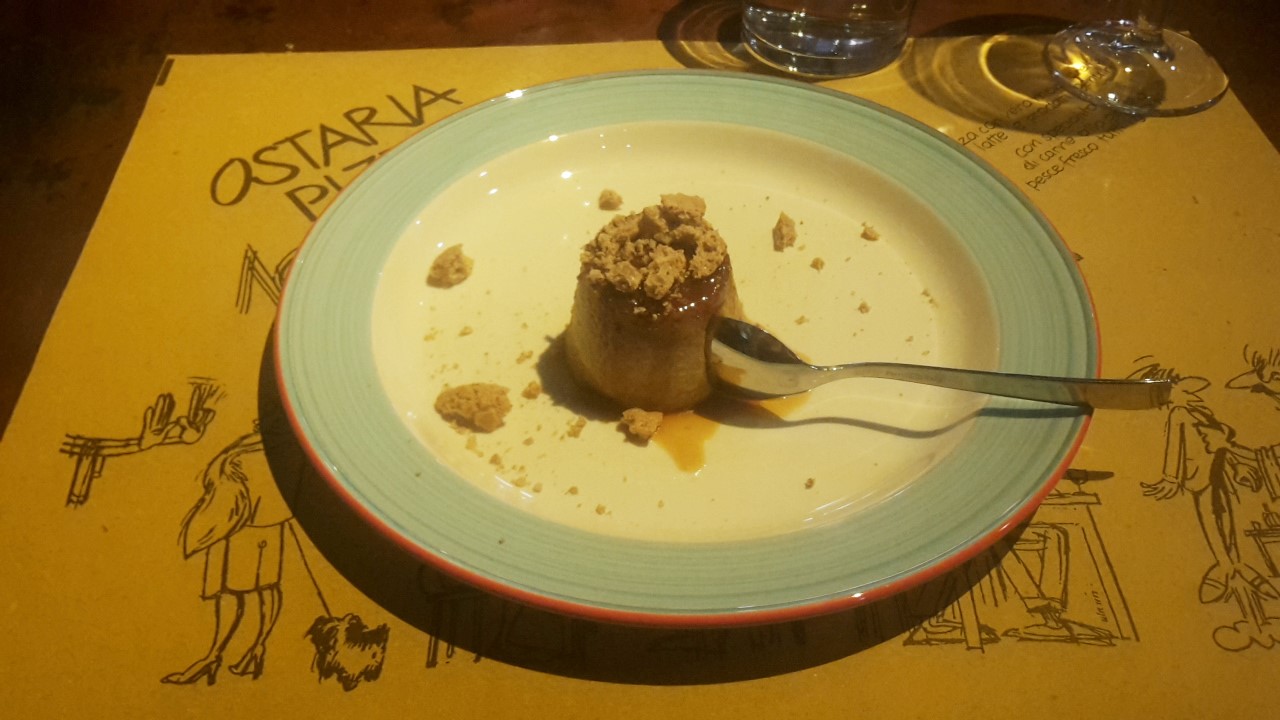
Osteria dei Centropoveri
I included this osteria as a lunch option because of their fabulous set menu for 10 Euros, which includes a pasta course (primo), a fish/meat course (secondo), filtered water and ¼ liter of white or red house wine. Of course, you could have dinner here as well. At lunch on a recent weekday, the crowd was about half local and half Italian, a respectable ratio for dining in central Florence. Portions are large and tasty, and even though it was not part of the set lunch, I loved the budino di castagne dessert, a chestnut-flavored crème caramel with amaretto crunch on top. Dessert and espresso are minimal add-ons – my total bill with both was a mere 14 Euro.

Procacci
Procacci has been around since when Italy still had a king – in fact it was an officially approved royal supplier – and still occupies its historical shop in one of the fancier parts of town. Despite exuding old-time Florentine charm, it is a welcoming place to pop in for its famous truffle spread sandwiches and a glass of wine mid-day. Both will give you pause, they are that good. And the panini are pretty small, so it’s easy to sample a few different flavor combinations.
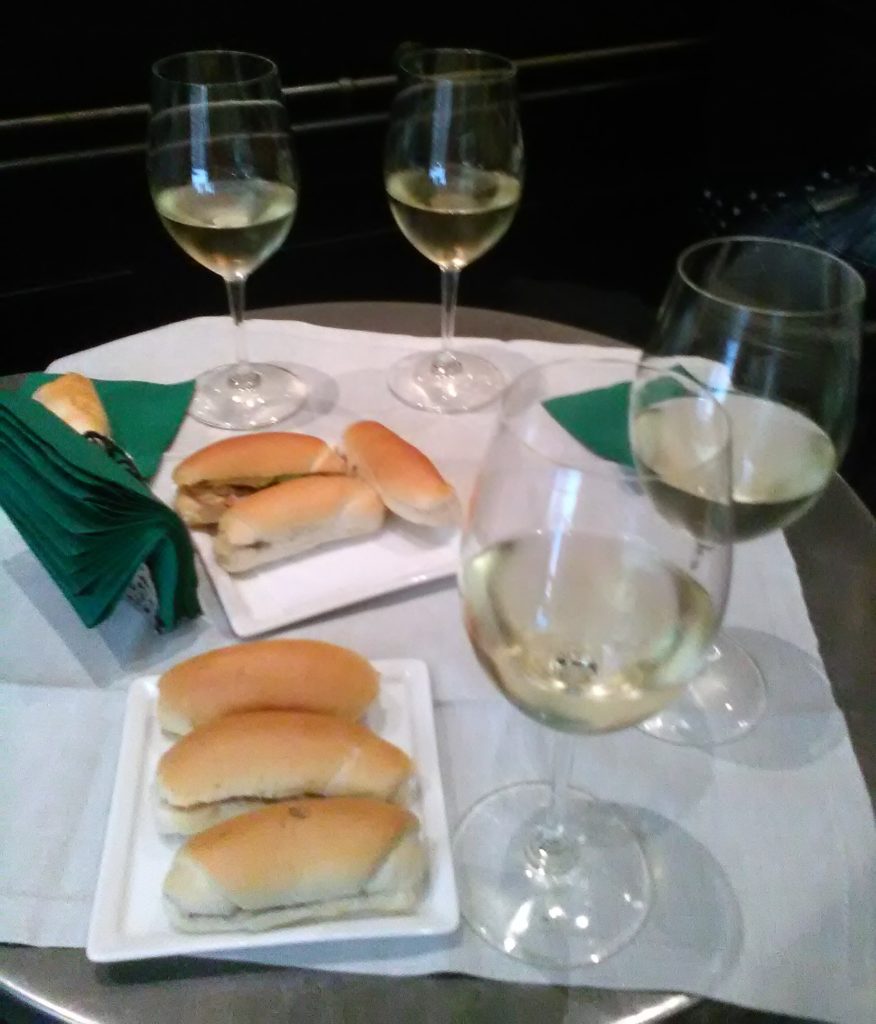
TIP! This also serves as a gourmet shop where you can buy food products to take home, and Procacci is the only place I’ve found in Florence where you can do a (free!) tasting of different balsamic vinegars. If you won’t make it to where they originate in Modena, Italy, definitely do the tasting here!
Gelato
Yes, if you are in Italy, gelato is its own food group. There are a lot of decent tourist spots to get a gelato, but if you want excellent gelato it is well worth the trek two bridges down from the Ponte Vecchio to the far side of the river for:
Gelateria La Carraia
Great gelato is about both texture and flavor, and the gelato at La Carraia nails both. Flavors are intensified versions of their main ingredients, and the gelato is smooth and rich. Many people name this gelateria not only as their favorite in Florence, but in all of Italy. And a short stroll back to the closest bridge offers and excellent spot to enjoy your gelato and great views of the city.
If you’re sticking more to the central tourist area, my second favorite gelateria in Florence is:
La Strega Nocciola
When you cross the Ponte Vecchio from the side of Florence with the main tourist sites, hang a left on the first street on the other side and you’ll find La Strega Nocciola partway up the street on the right. There are a couple of other locations that are convenient, including one by the Duomo. I love their unique selections (lavender is my favorite) as well as the intensity of each flavor, especially the nocciola – the hazelnut flavor also in the name of the gelateria.
READ MORE: Most Frequently Asked Questions about Florence
Aperitivo
First, gelato gets its own section, and now aperitivo?? If you don’t know what I mean when I say aperitivo, take a moment to check out my post here about why aperitivo is in integral part of any day, especially one spent touring around Italy. When dinner is still a couple of hours away and you want to grab a spritz with a view, there are a lot of spots (some with really fabulous views) to frequent, although a couple stand out from the rest:
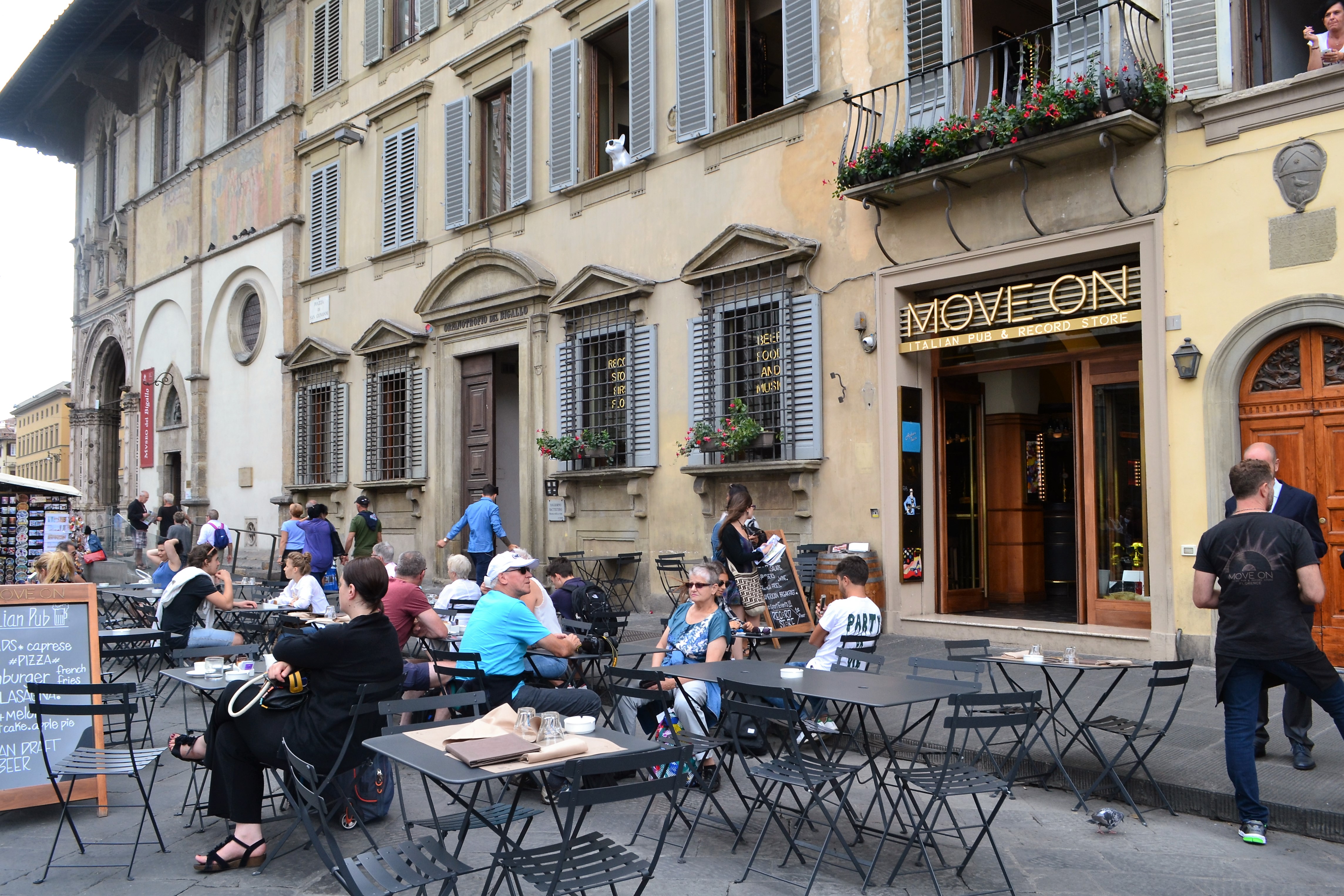
Move On: Italian Pub & Record Store
This is an actual record shop if you go upstairs. Or just come to sit outside for aperitivo, with a view of the Duomo from its location close to the Baptistery. In addition to the usual aperitivo cocktails, there is also a decent selection of artisanal Italian beer, including a variety on tap. And if you’re lucky, the night you’re there they’ll make their own potato chips in-house to accompany your aperitivo drink
La Terraza @ The Continentale Hotel
On the opposite end of the spectrum is the very lovely La Terraaza – the terrace, in Italian – that overlooks the Arno River and a lovely view of the city. It is on the roof of the Continentale Hotel, and can be accessed through the hotel lobby by taking the elevator to the 6th floor. Cocktails are pricey at 19 Euros each, but the drinks come with a plate of assorted small bites and the view and vibe is worth it.
READ MORE: Where to Stay in Florence, Italy
Dinner
There are many great meals to be had in Florence, here are the places I return to again and again:

Il Latini
Hands down my favorite restaurant in Florence, the food seems to taste better with each visit. This is one of the go-to places for the famous Florentine steak, bistecca alla fiorentina. It is a thick cut of meat seared on the outside and near-raw inside. They will not ask you how you like your meat cooked because there is only one way to prepare it correctly. The most enjoyable meals I’ve had here have been getting their set menu – a mix of house antipasti (get the liver crostini!), pasta primi (which you can opt out of if you’re not super hungry), and the bistecca with side dishes. My favorite sides are the fagioli all’ucceletto (beans with tomato) and the sauteed greens, although of course the roast potatoes are delicious too and always go well with the meat. Alright, just get all 3 side dishes. Traditional dessert that usually comes with the set menu is cantuccini with Vin Santo. In fact, if you check out my list of the Top 6 Things to Eat (and Drink) in Florence, the best versions of most of those typical foods I’ve consumed have been at Il Latini, also including the ribollita pictured above. If you have only one dinner in Florence, this should be it!
TIP! Make a reservation at least 1 day in advance. Il Latini has a 7:30pm and 9/9:30pm seating. The tourist rush is usually for the earlier time, so I recommend reserving for the later one, and then show up any time from 8:45/9pm on as tables begin to free up around then.
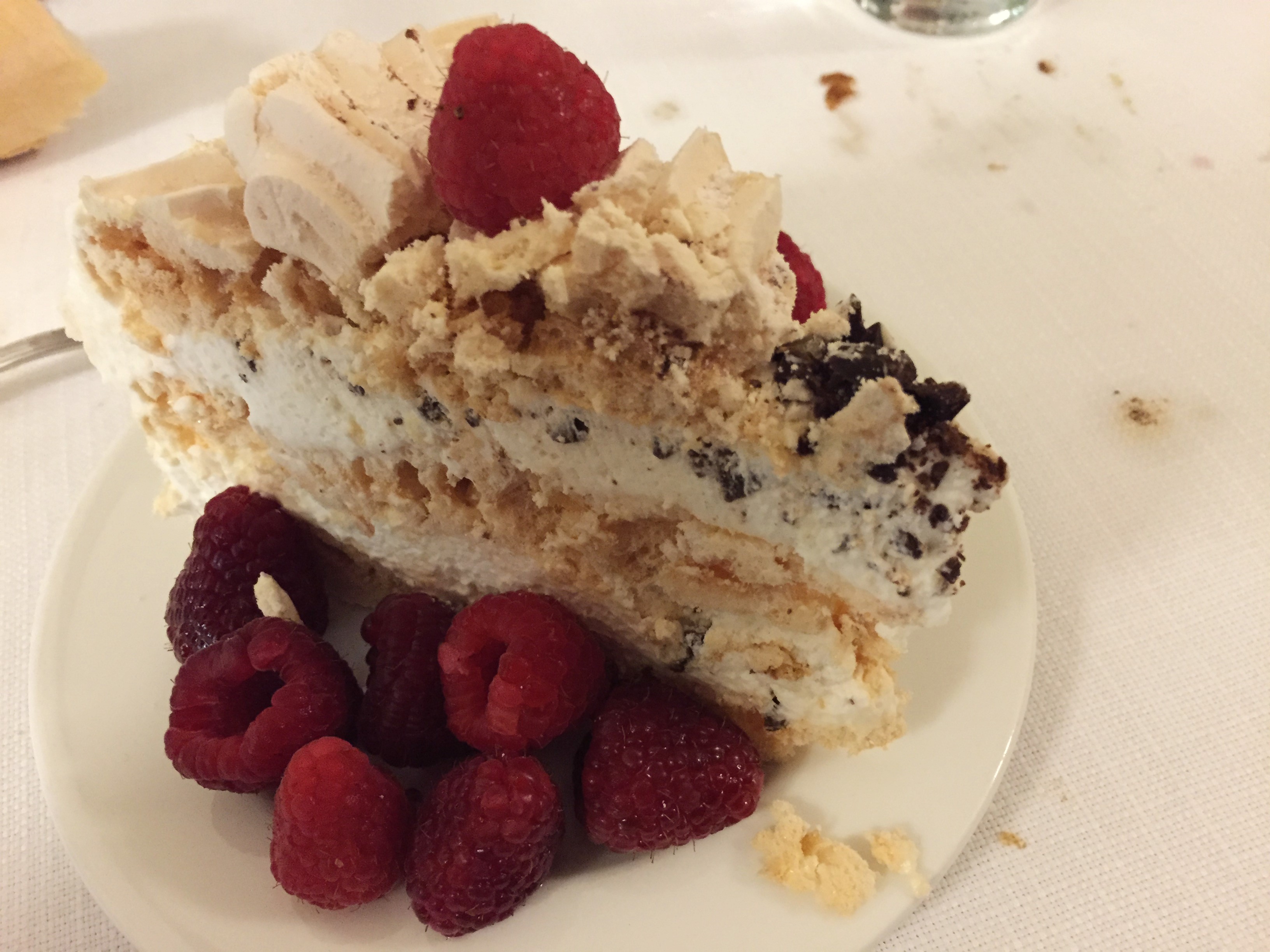
Trattoria Sostanza
Another location for typical Tuscan cuisine, including the bistecca alla fiorentina, although this trattoria has specialties you can’t get anywhere else. It is most well known for the butter chicken, which is the moistest chicken breast I’ve ever eaten, with the butter bubbling up and crusting the top even as it’s served still in the hot pan. The artichoke tart is also popular, although it is a less hearty dish with less texture. The homemade meringue cake with wild berries is a perfect dessert bite if I’ve ever had one – the crunchy meringue, chocolate, smooth cream, and berries are in perfect proportion. A slice of this is not to be shared 😉
TIP! Make a reservation several days in advance, for the 7:30pm or 9pm seating. Again, the later reservation is the less touristy one. Also note, tables are communal.
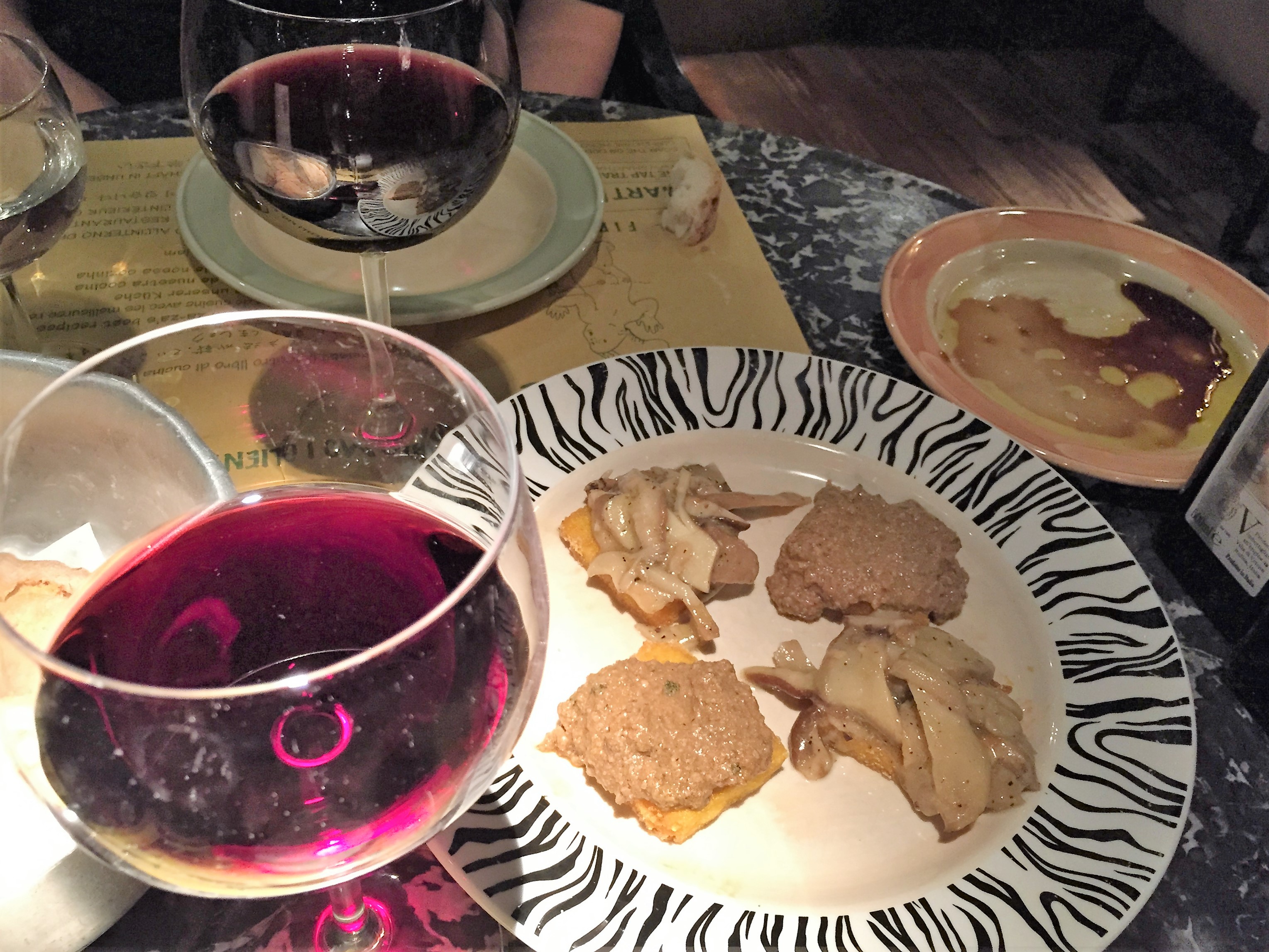
Trattoria ZaZa
Although filled with tourists, this is also a spot frequented by locals and fortunately has a large seating capacity to match. Reservations for dinner are recommended, although going around 9pm on a weeknight, two of us were seated only waiting about five minutes. The menu is vast, although I especially enjoyed the selections off the truffle menu, available seasonally starting in early autumn. ZaZa is also close to the Mercato Centrale (see the Lunch section above).
What were your most memorable meals in Florence? And as you can see, in Florence I tend to stick to the places with down-home traditional Tuscan cooking. How do you pick which restaurants to check out when you travel?
Enjoyed this post? ‘Pin it’ to share on Pinterest & save for later!
